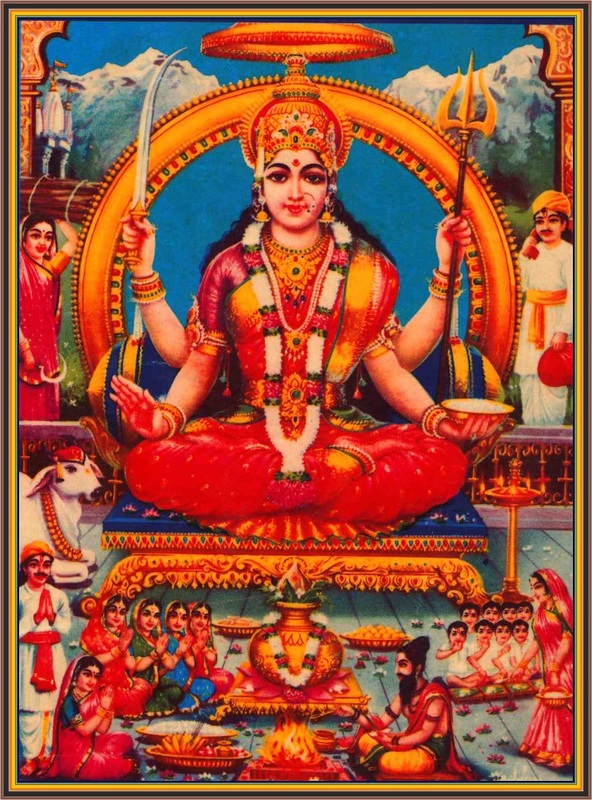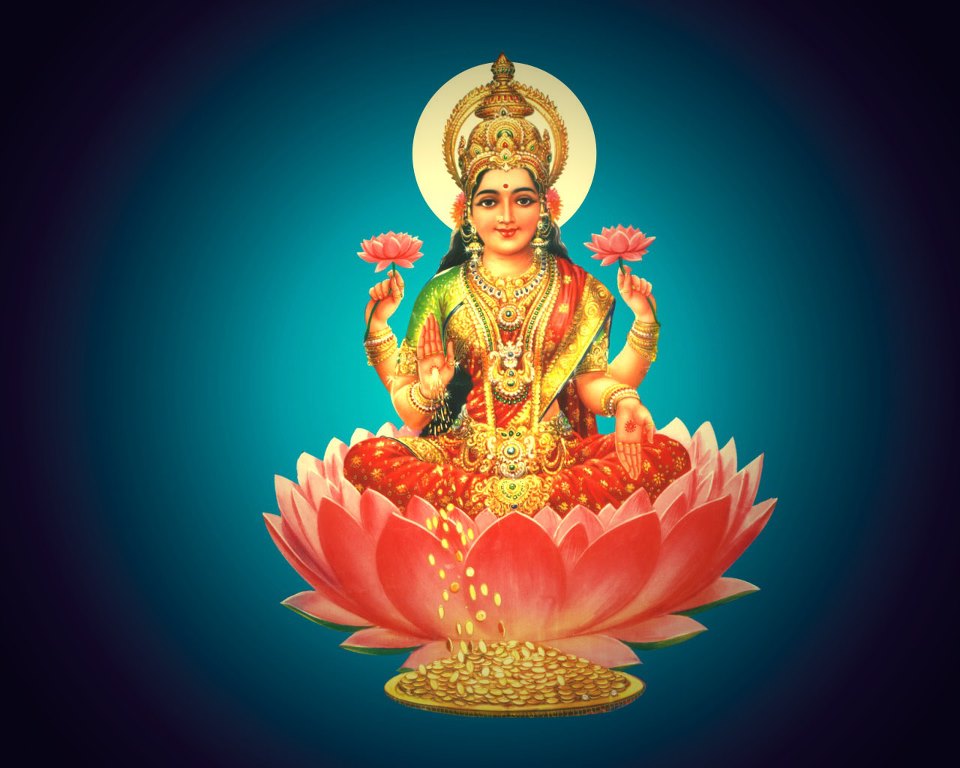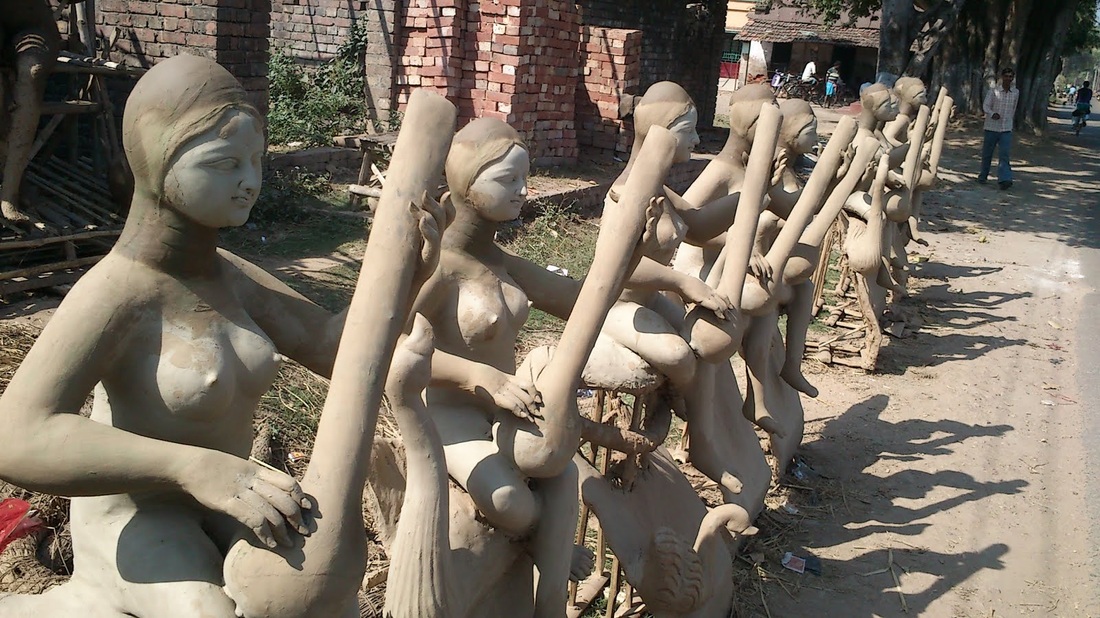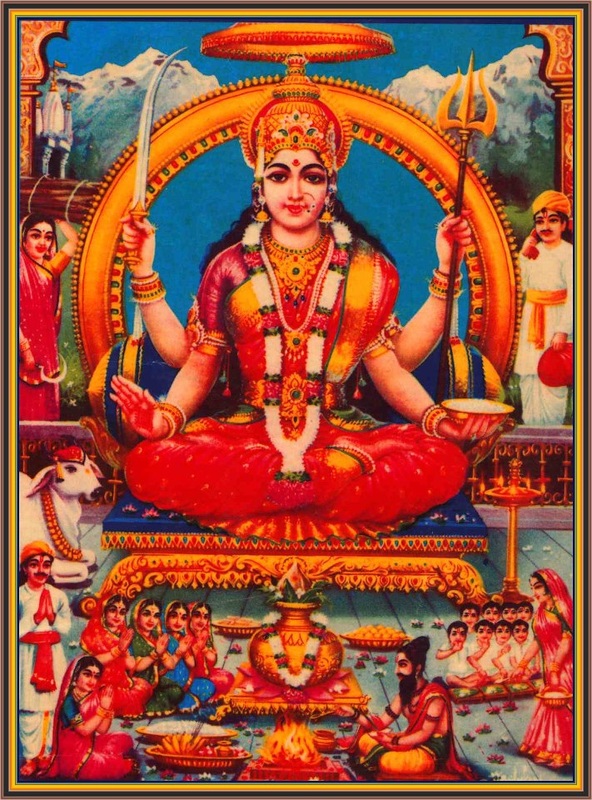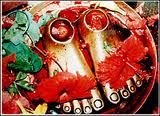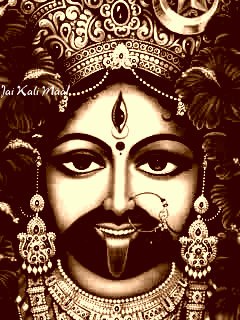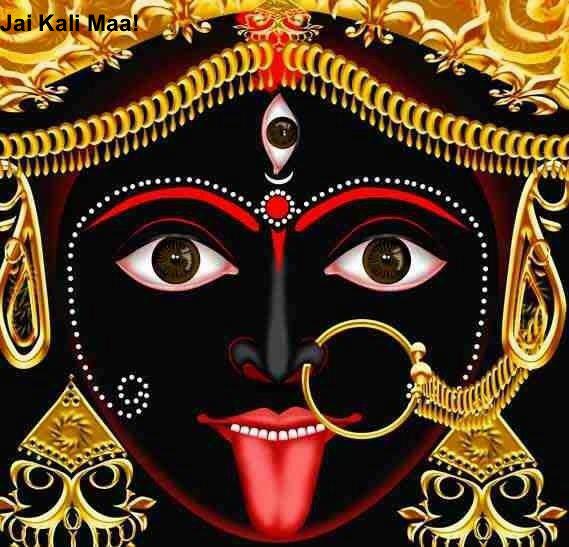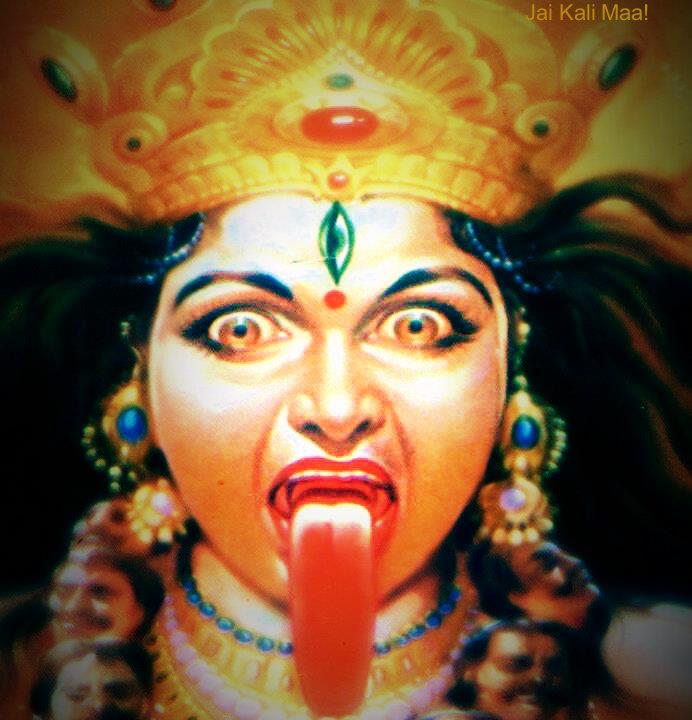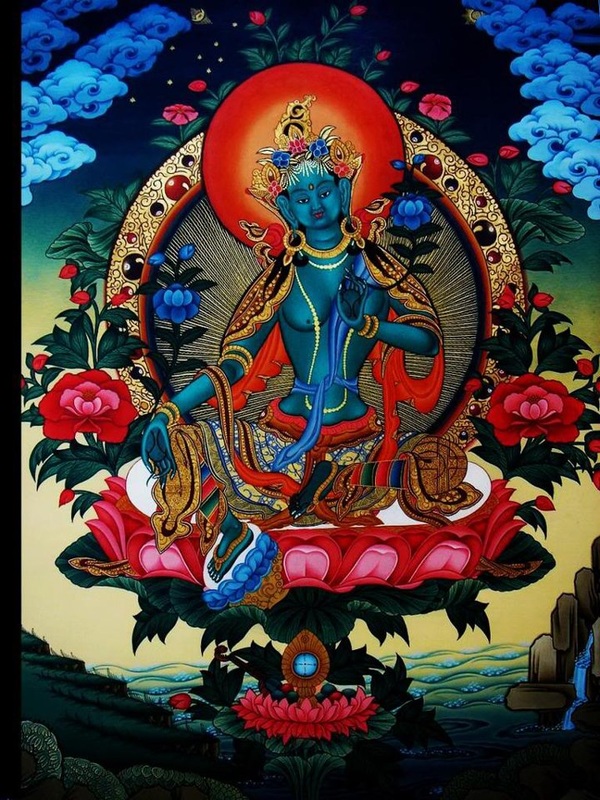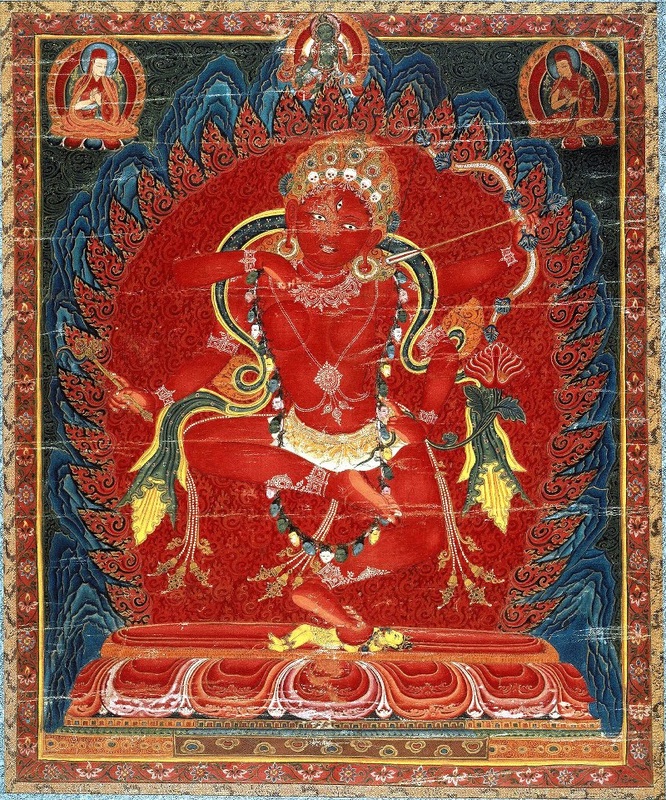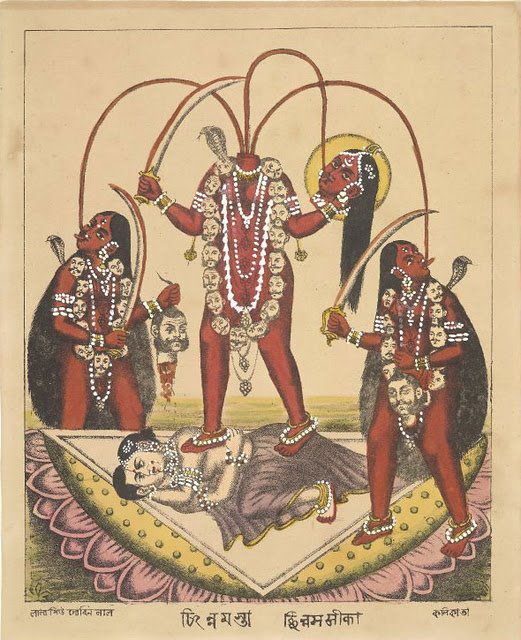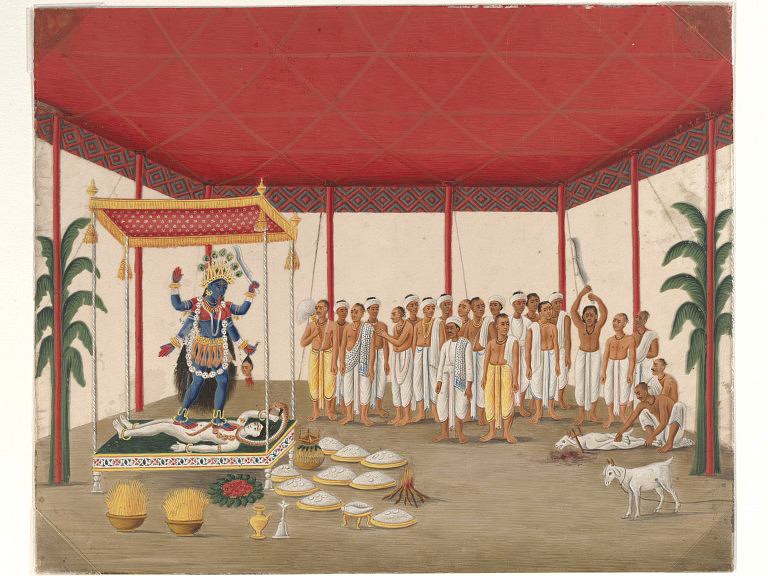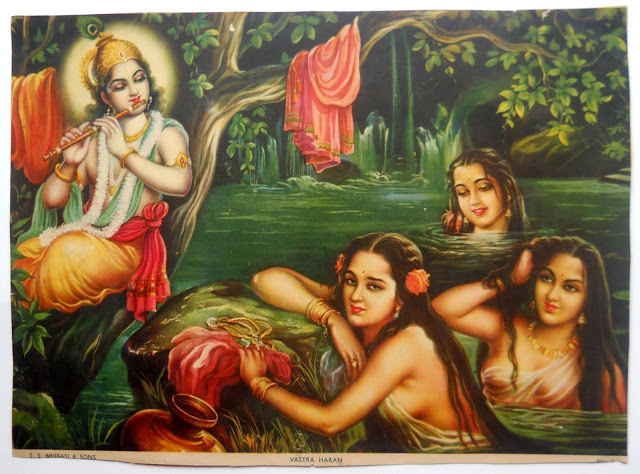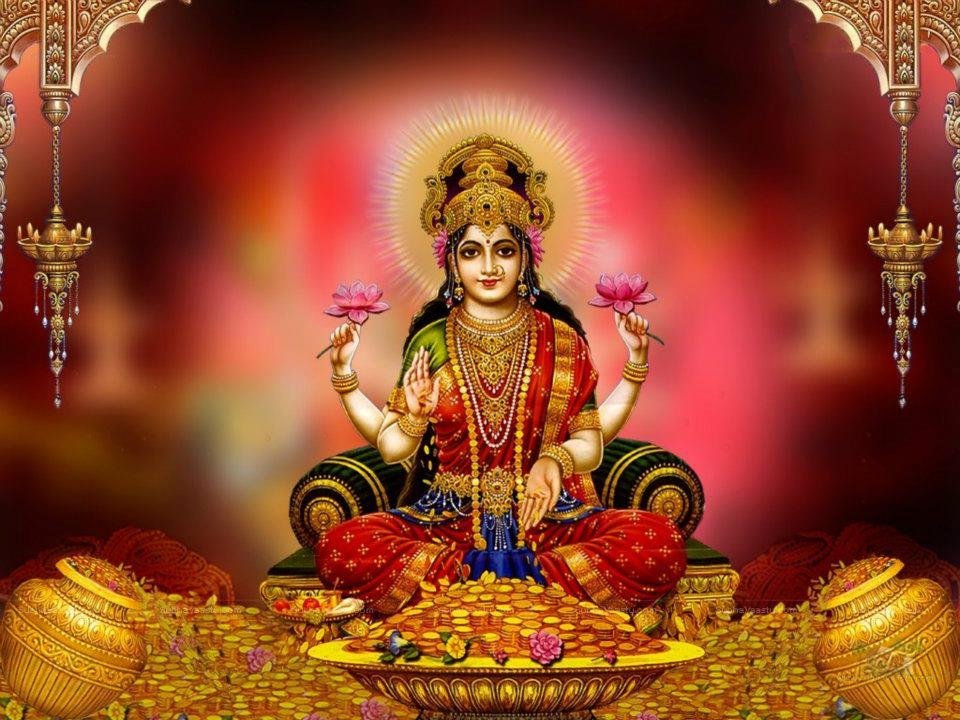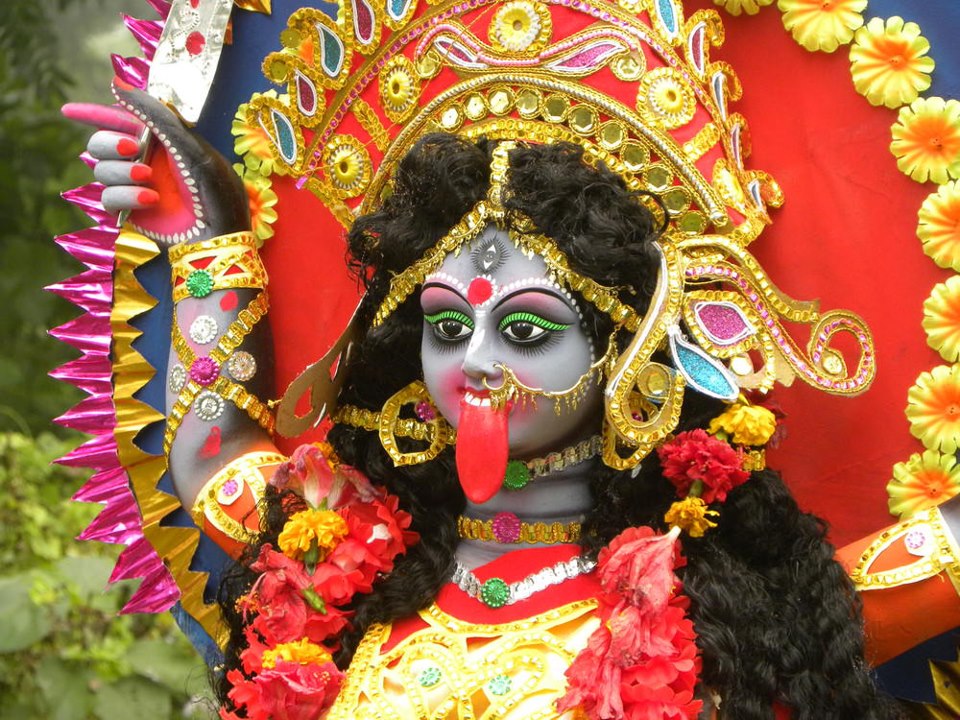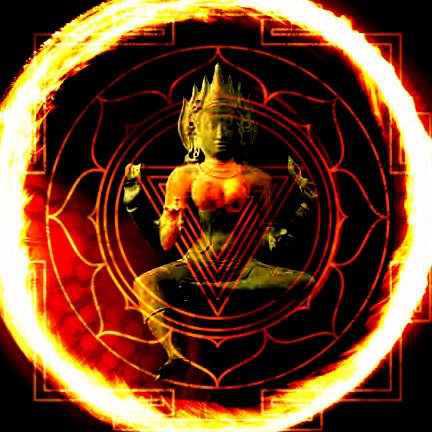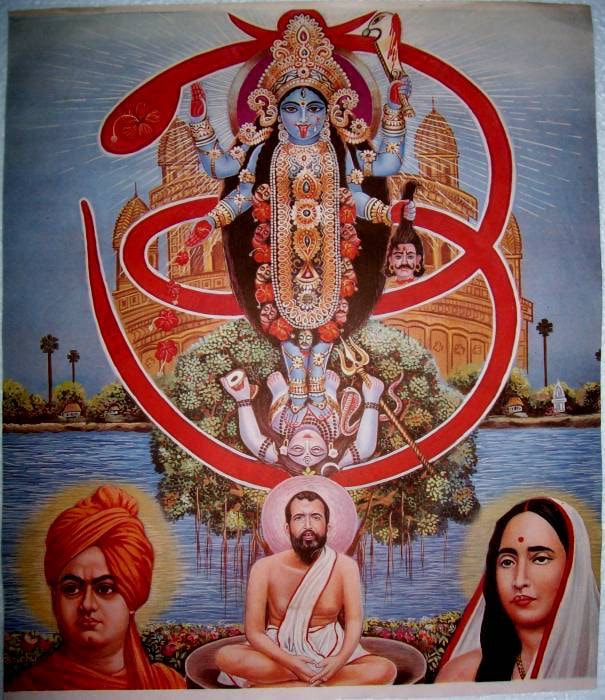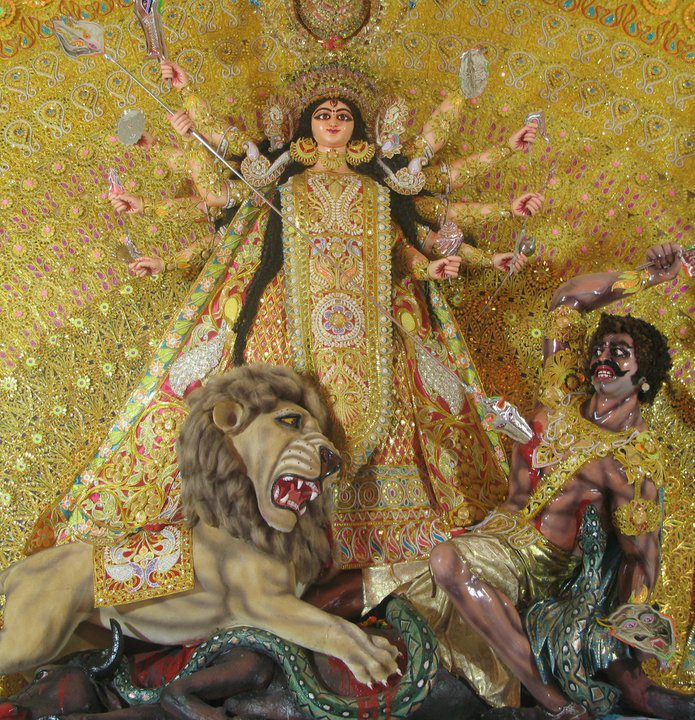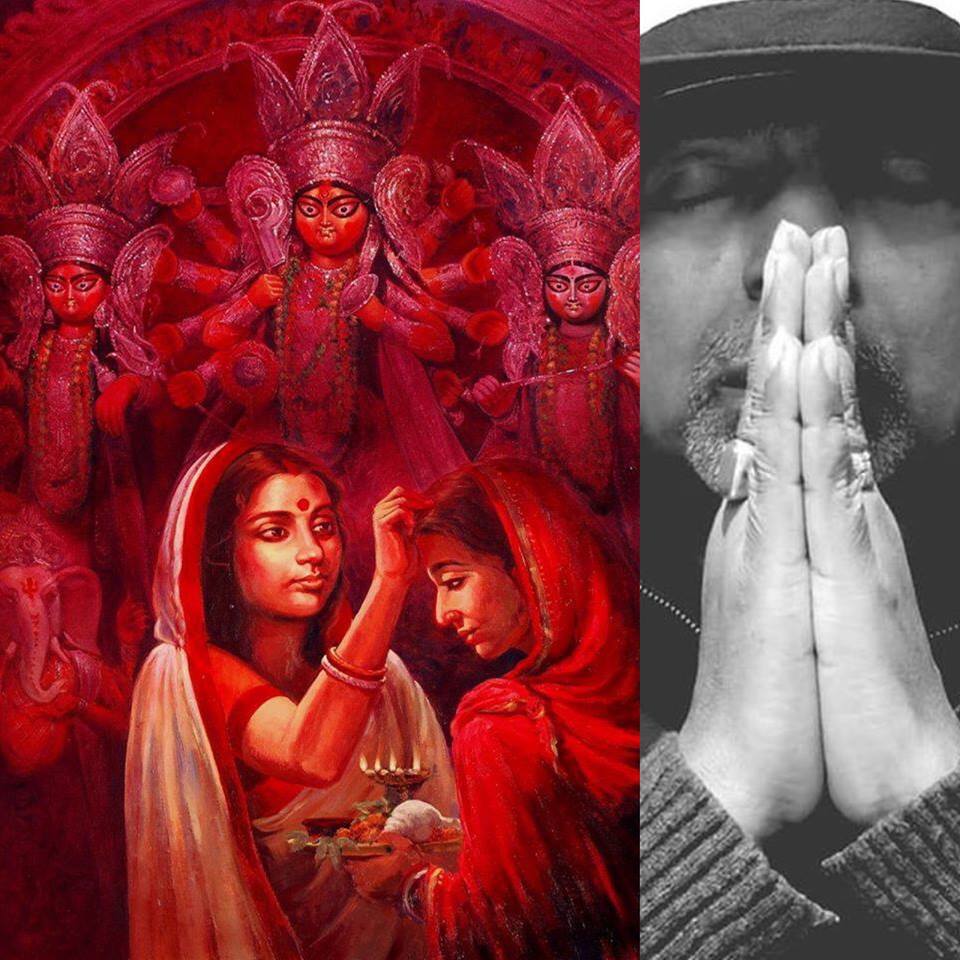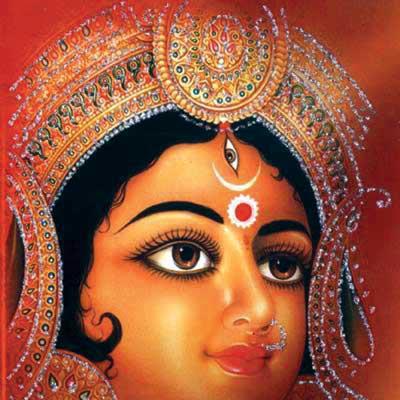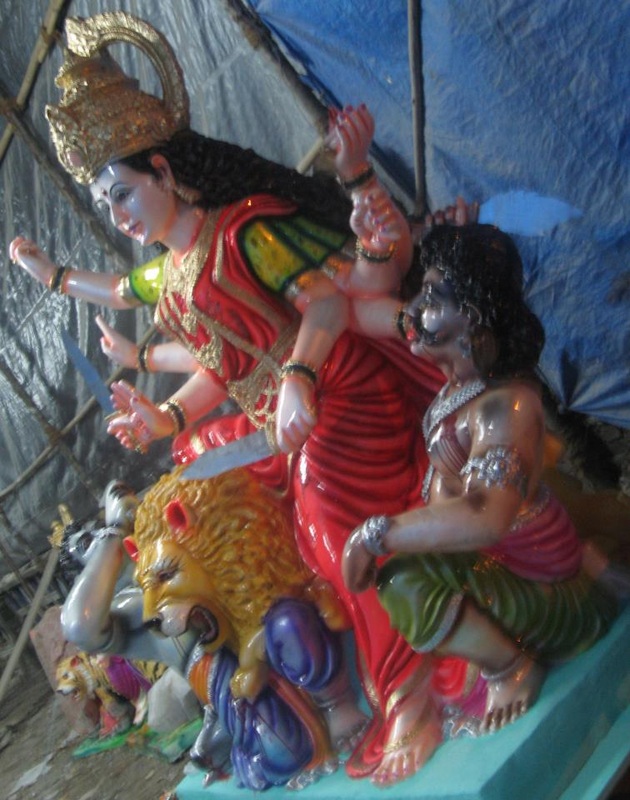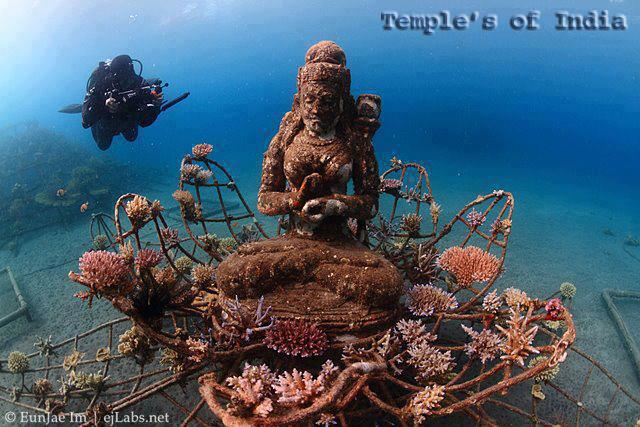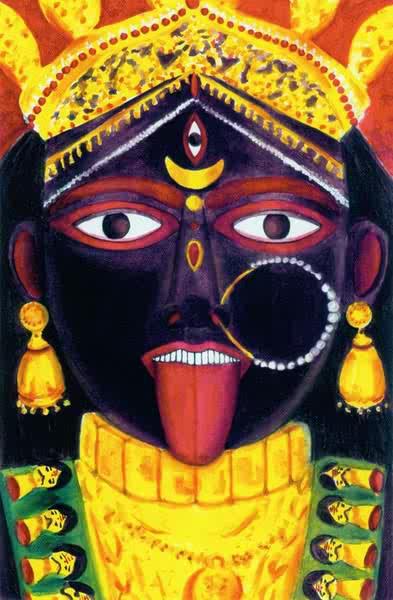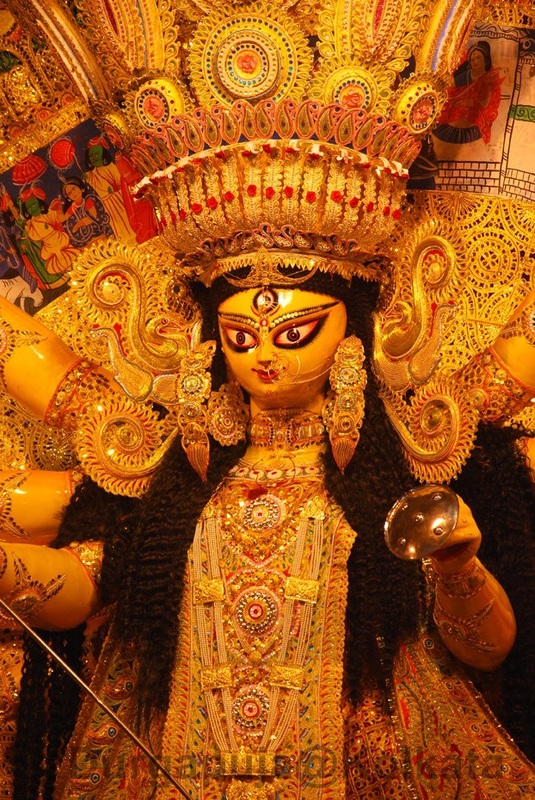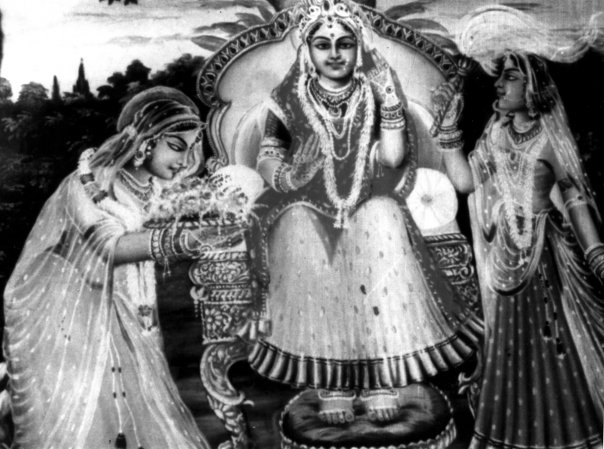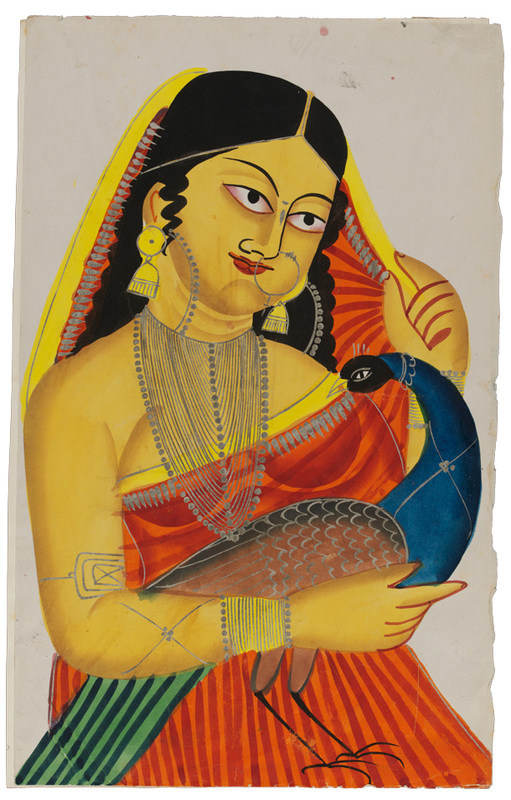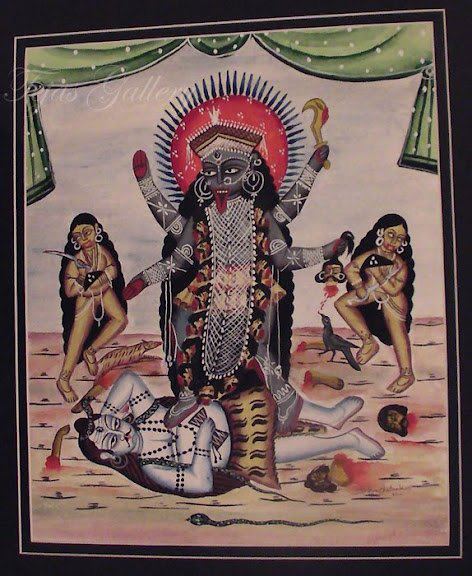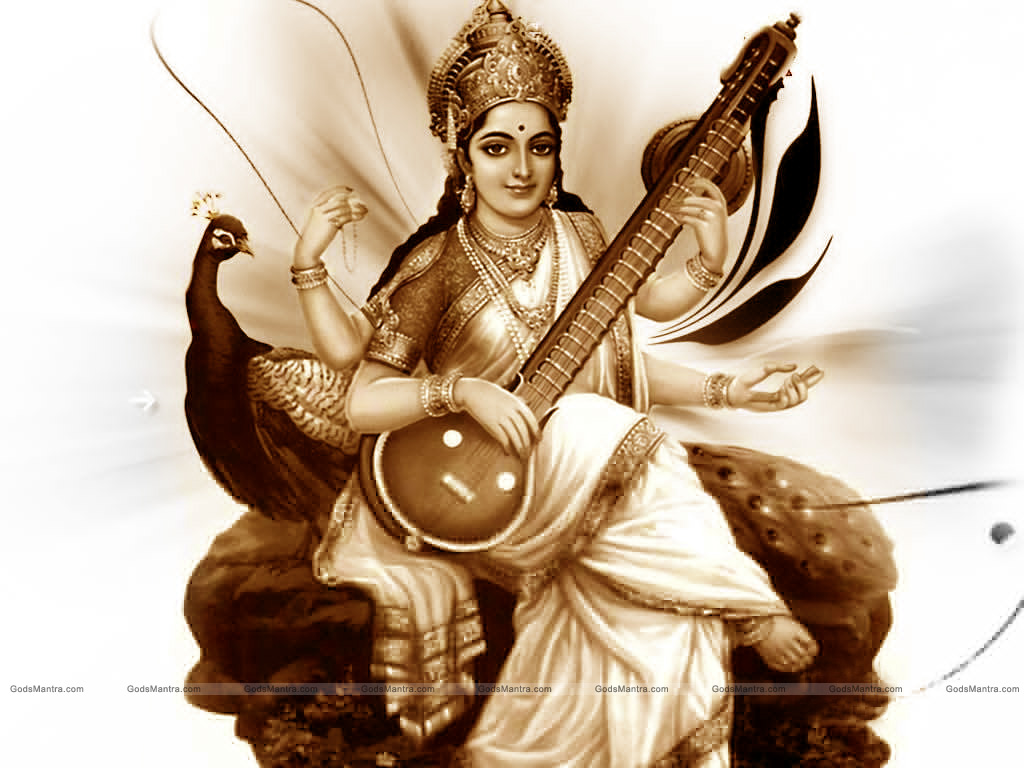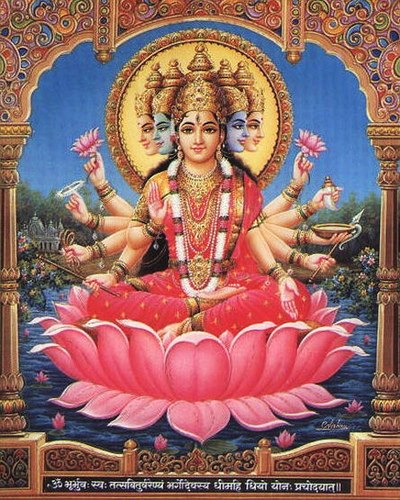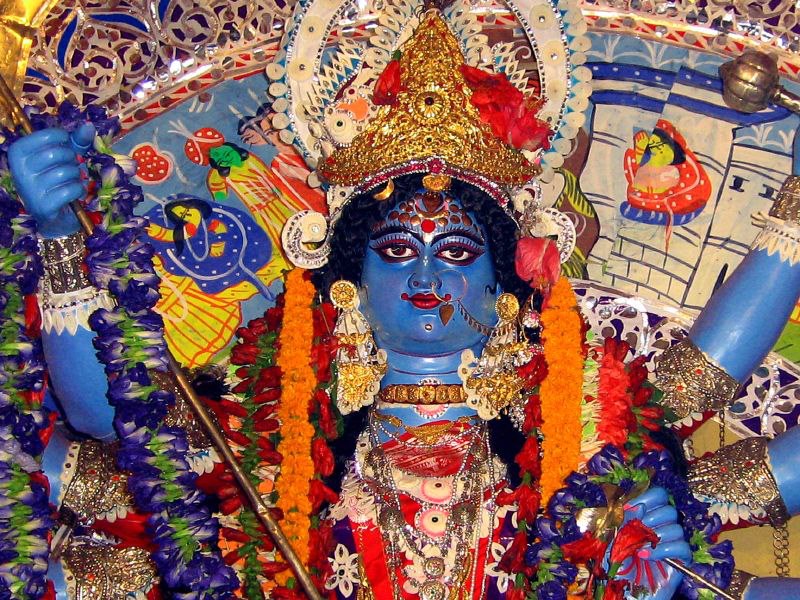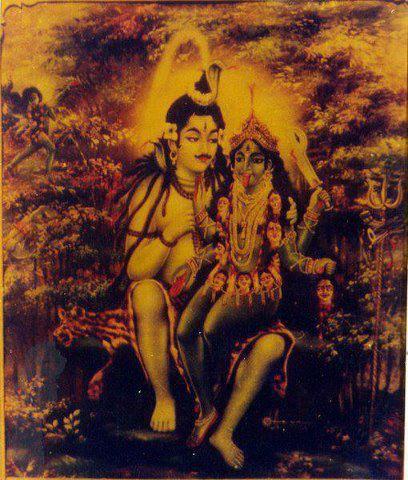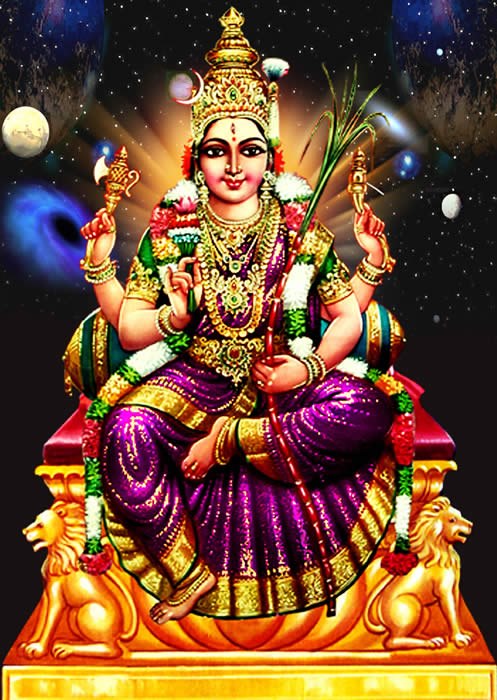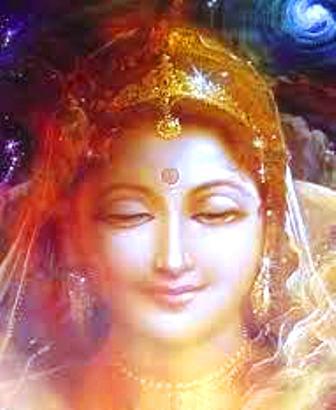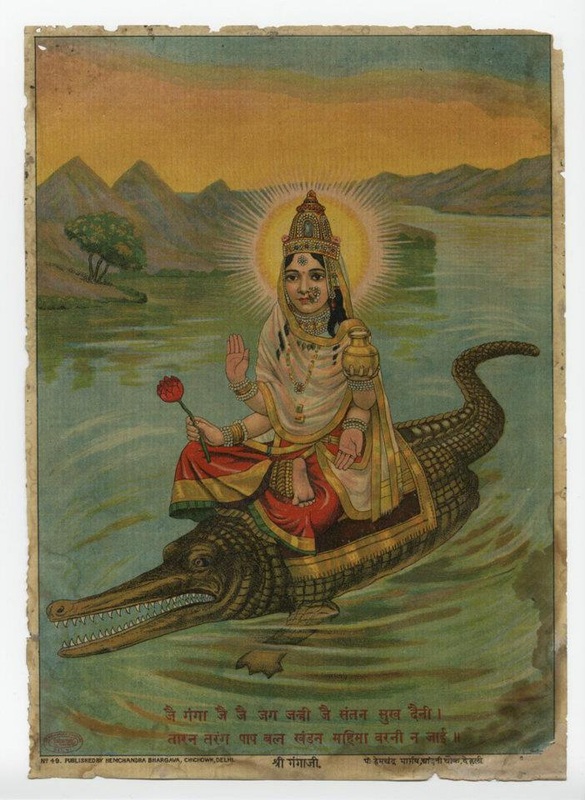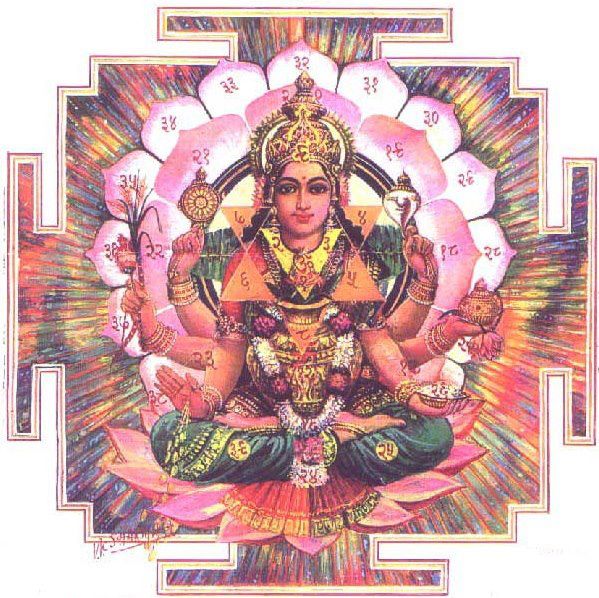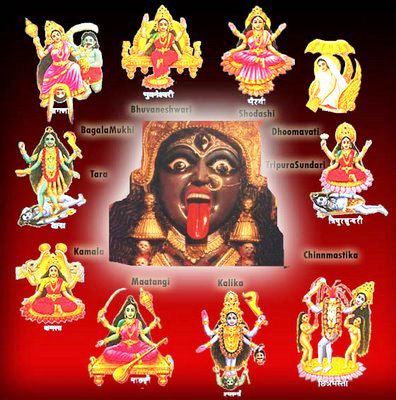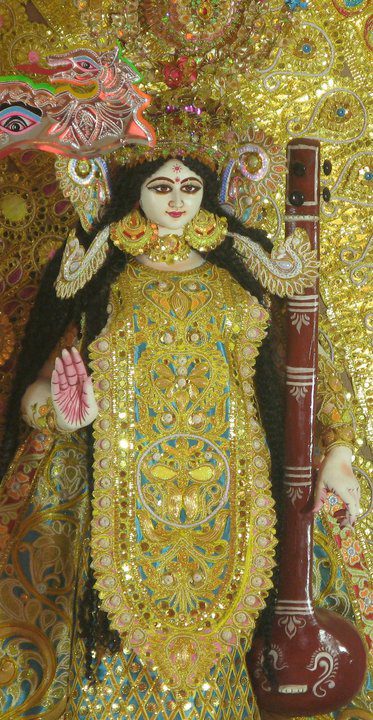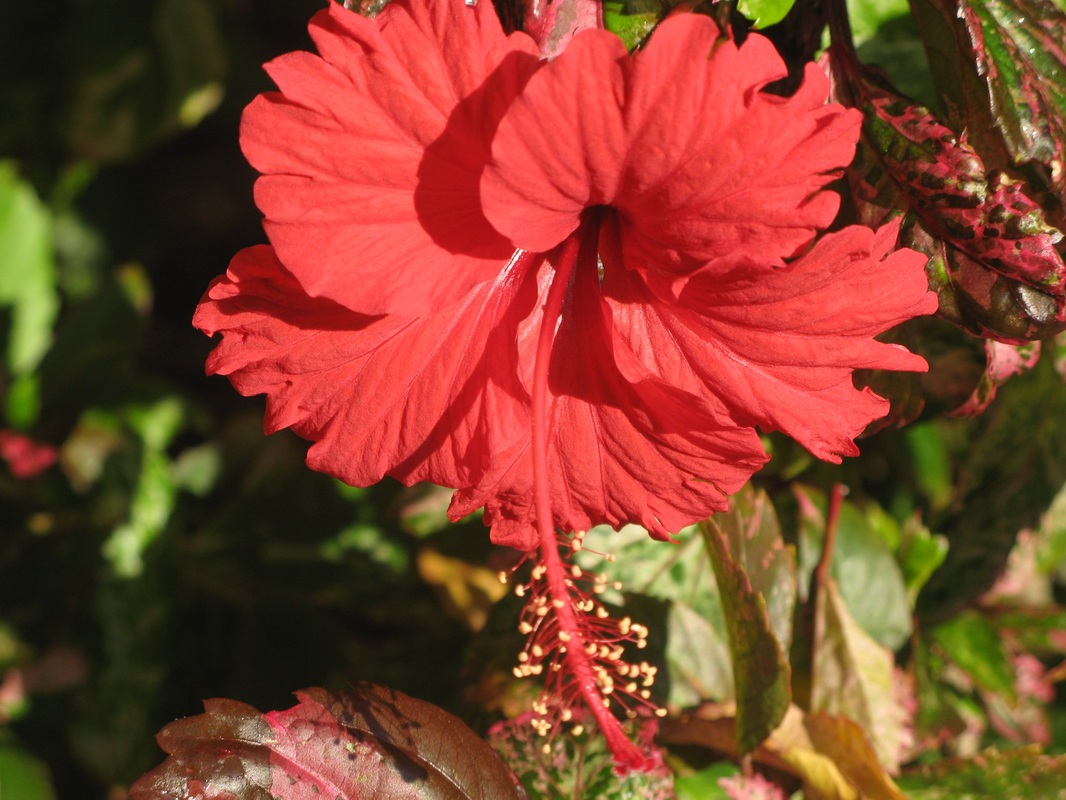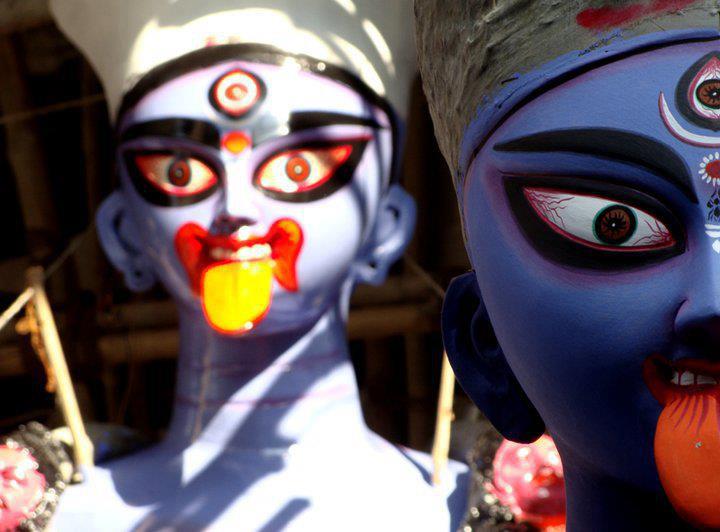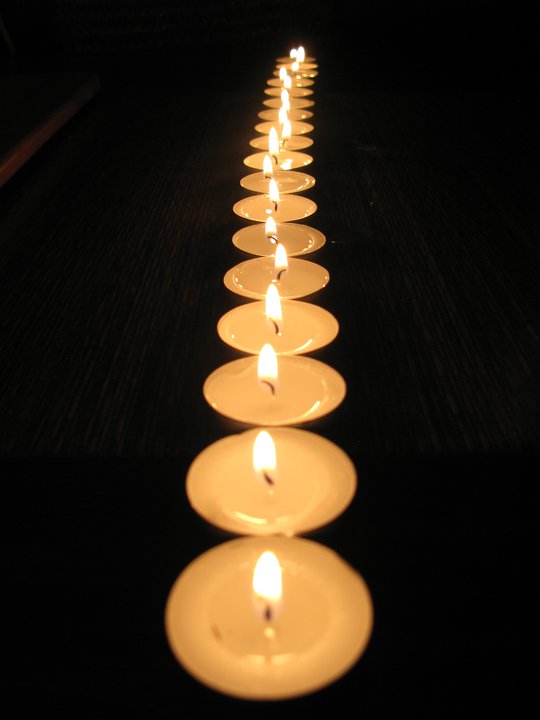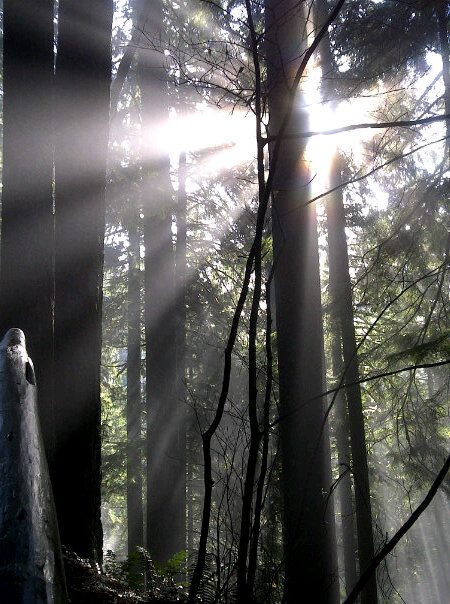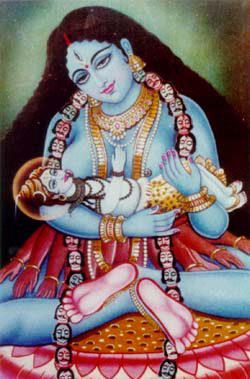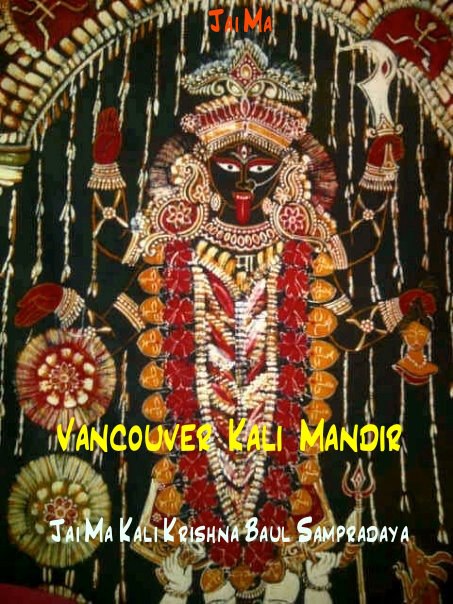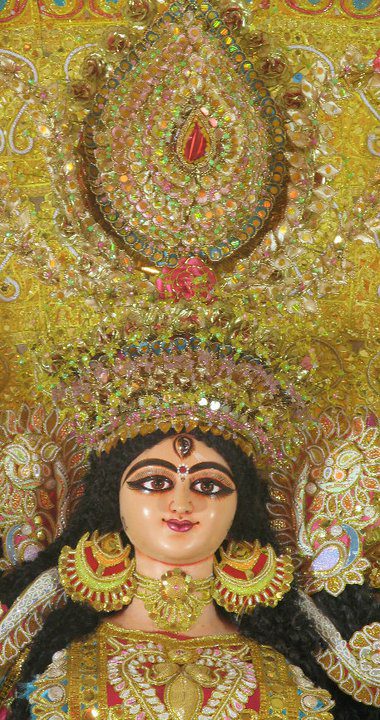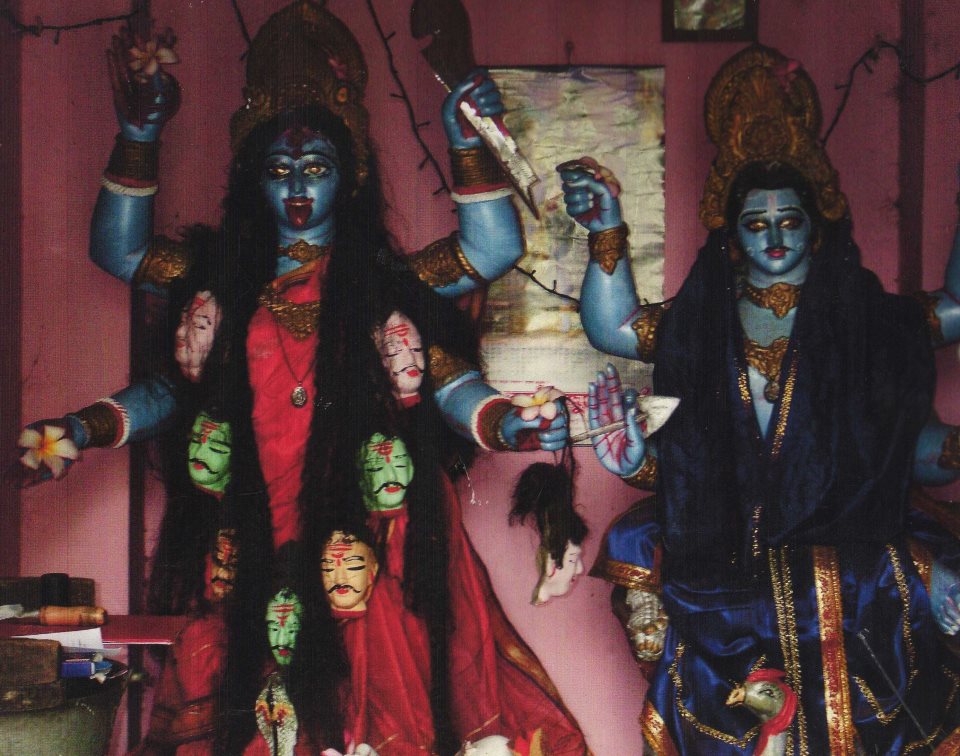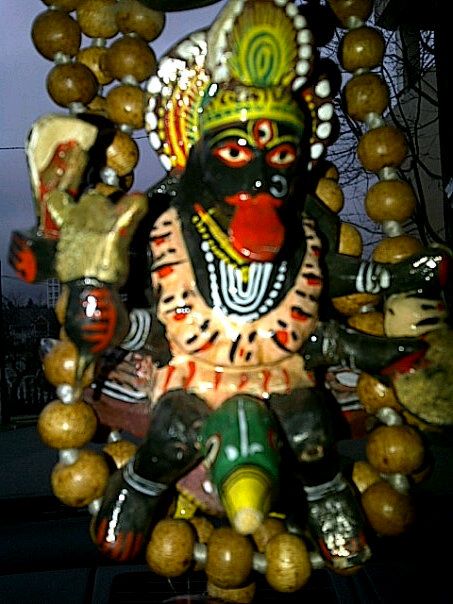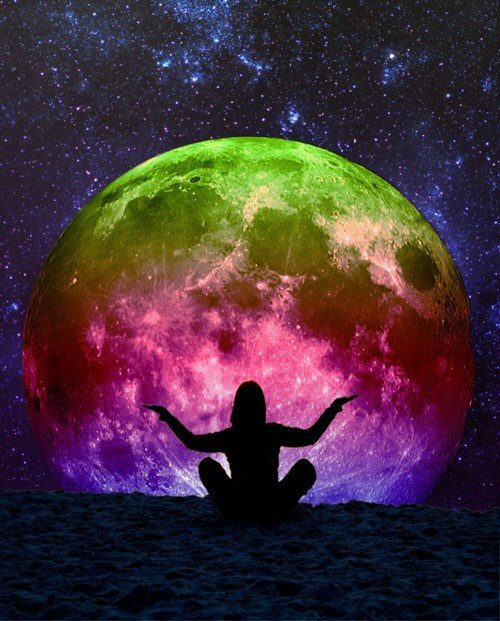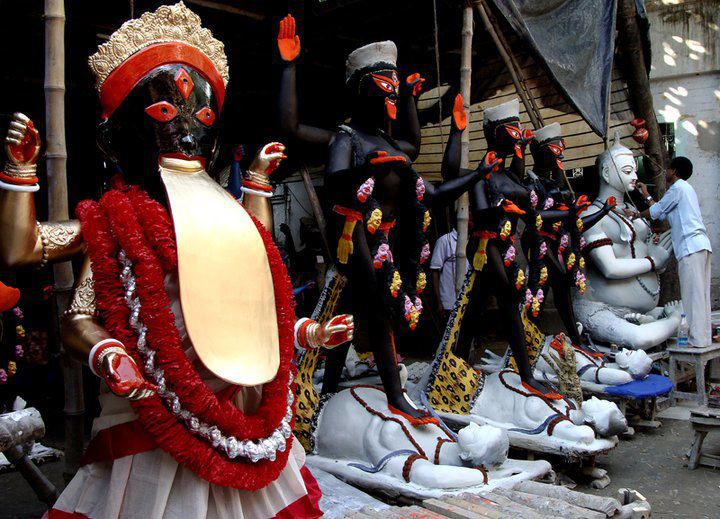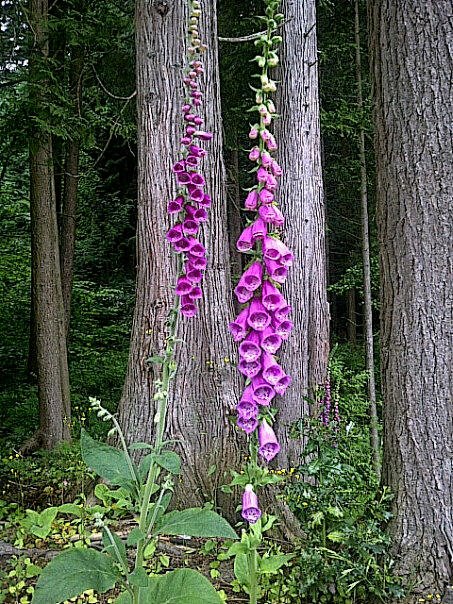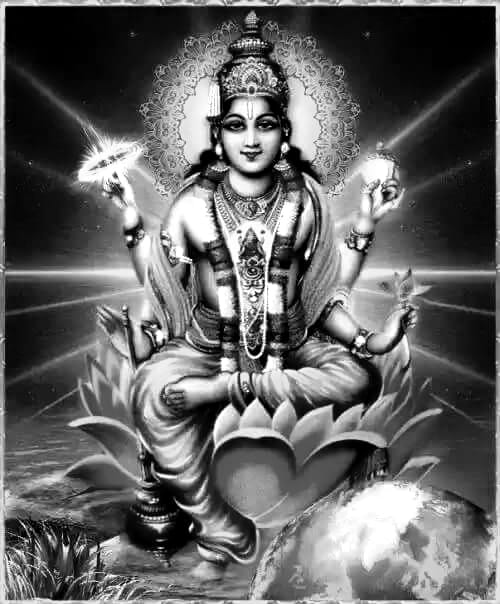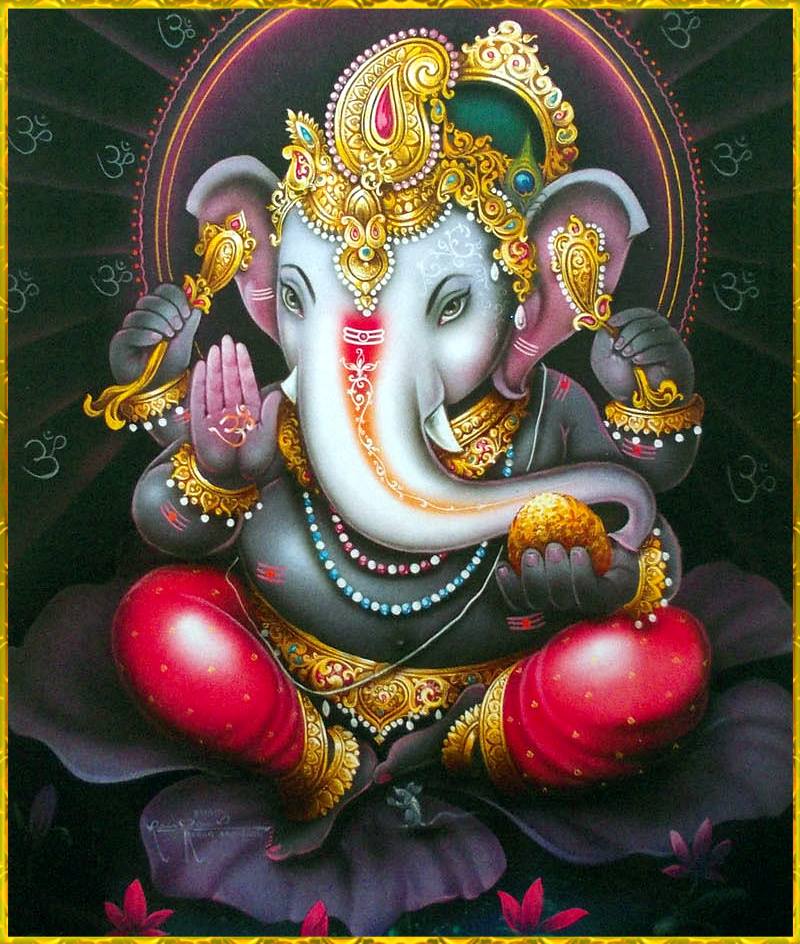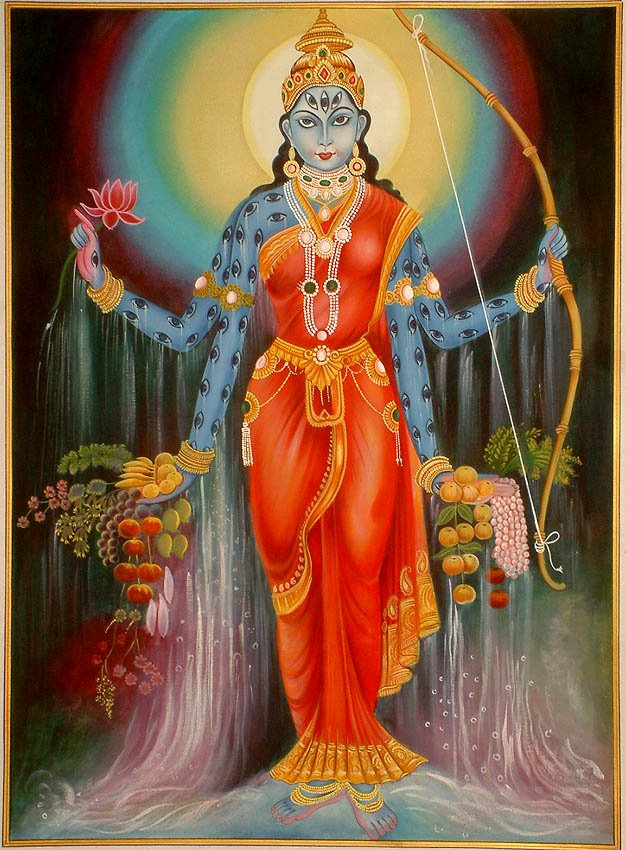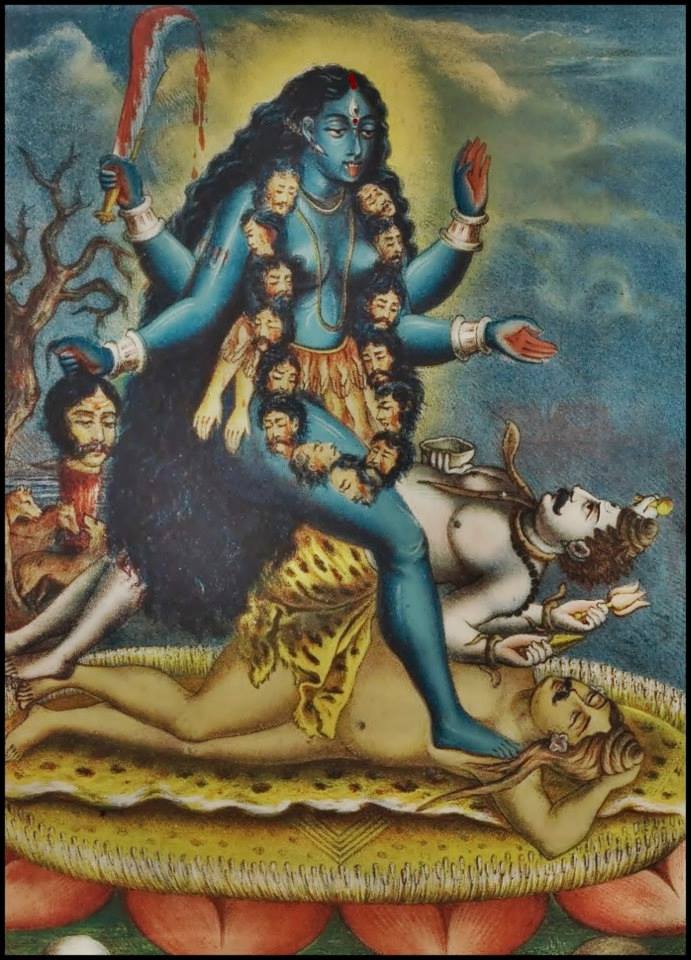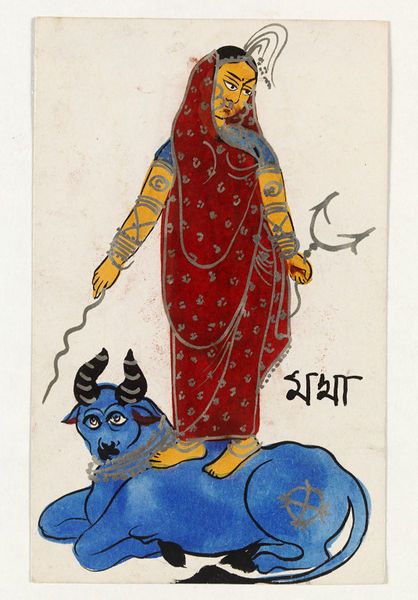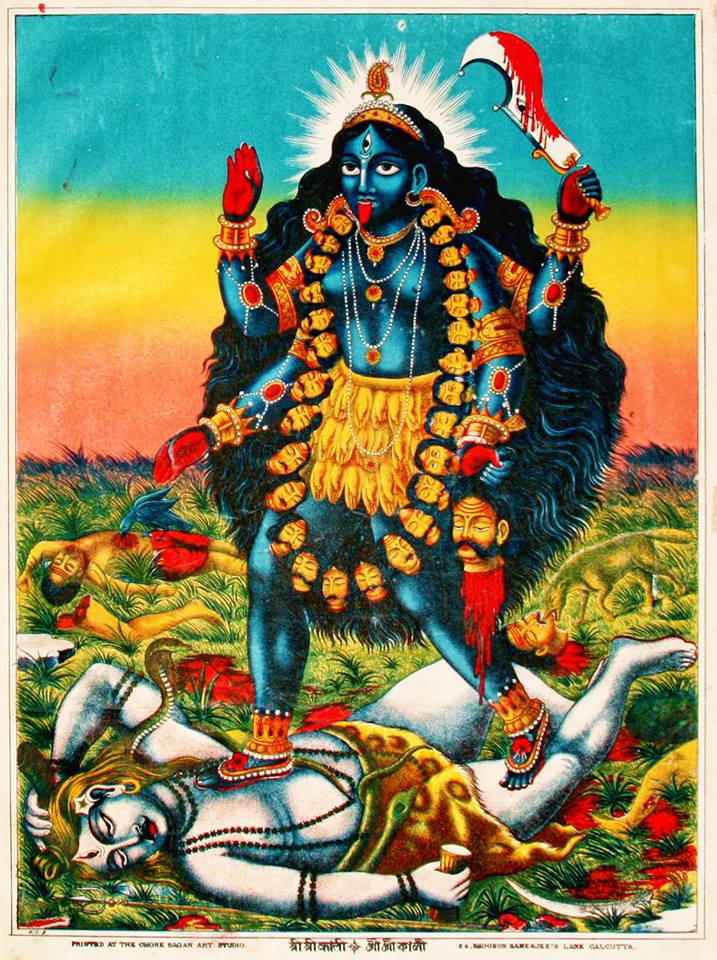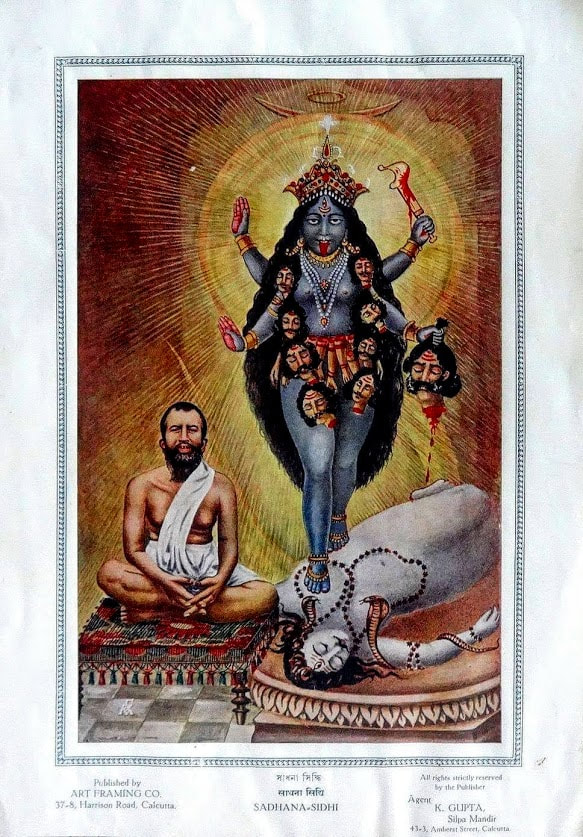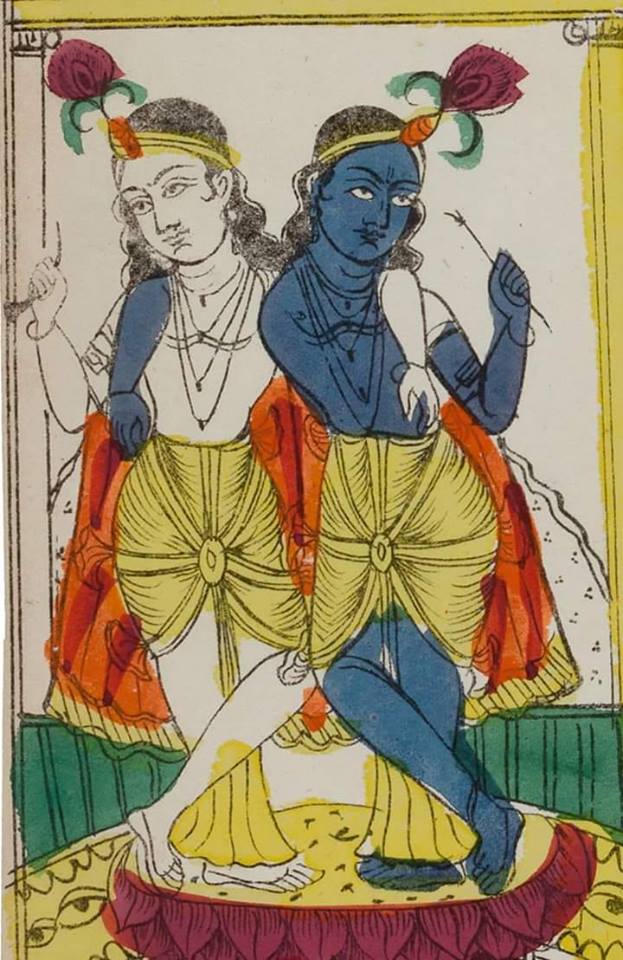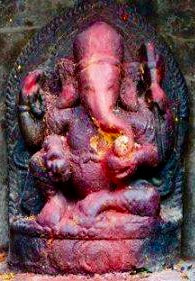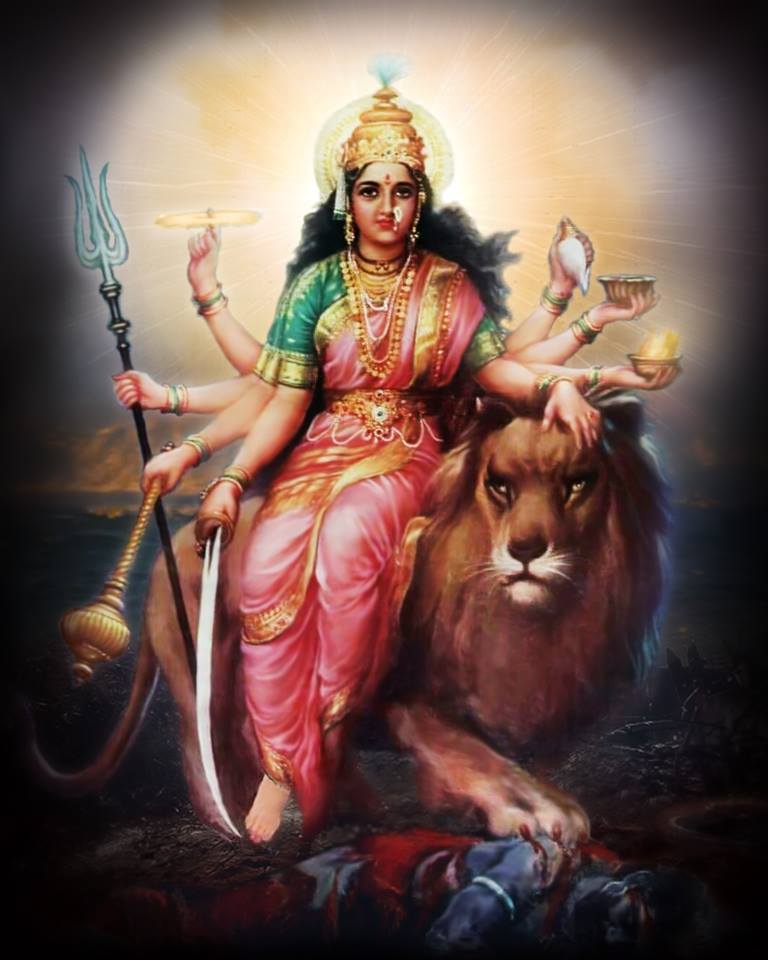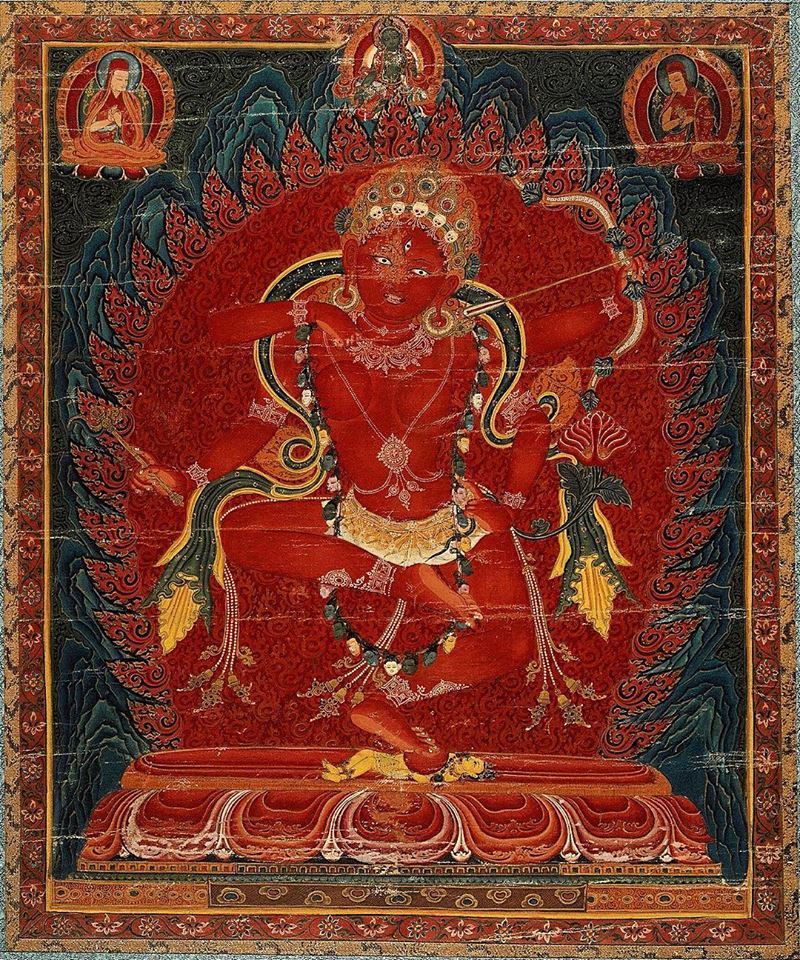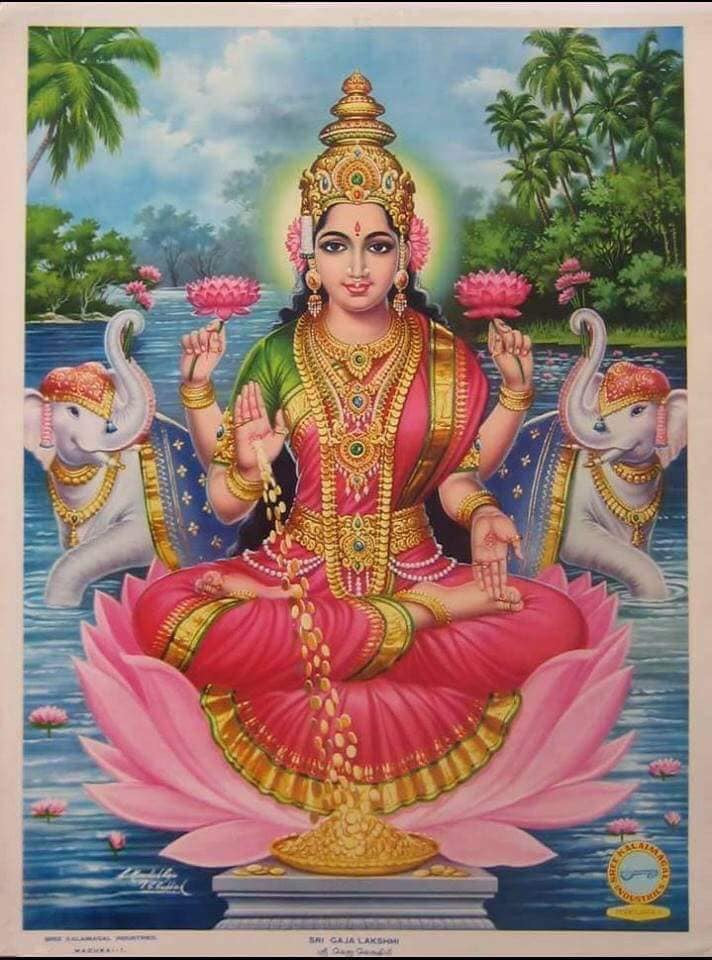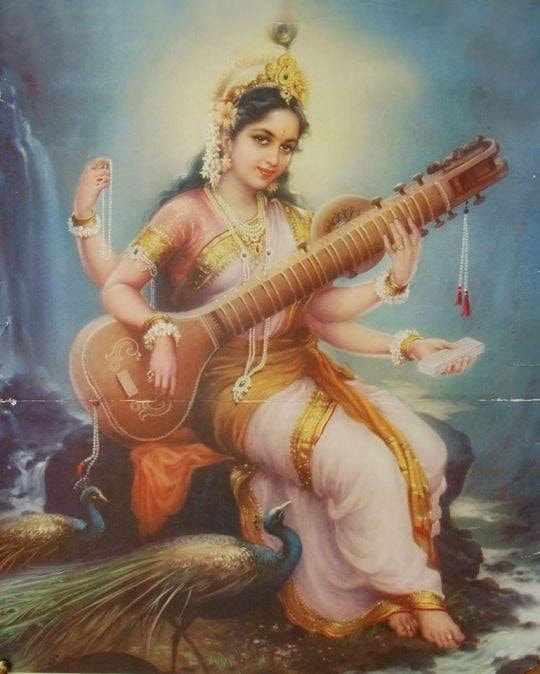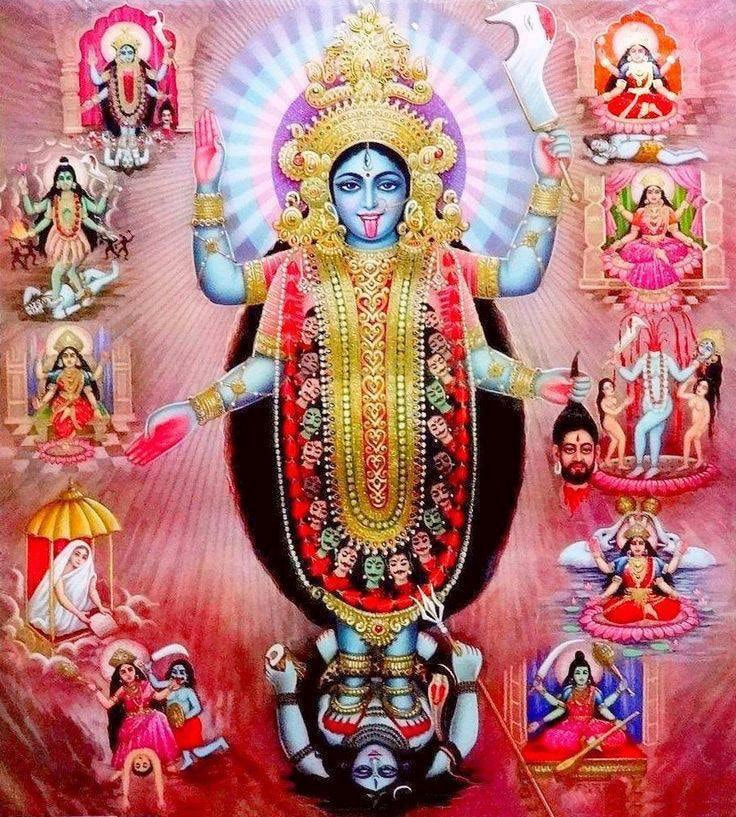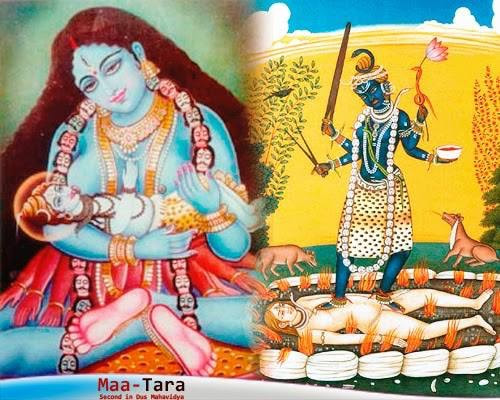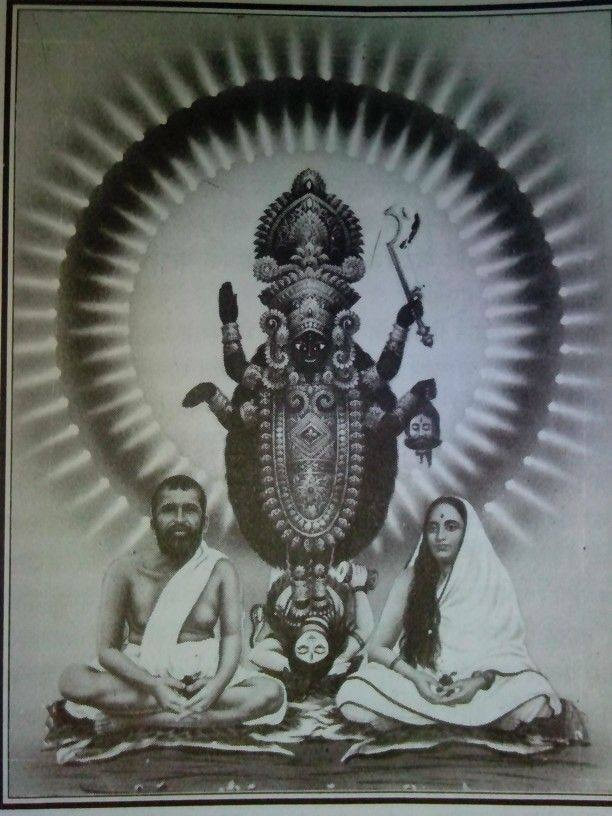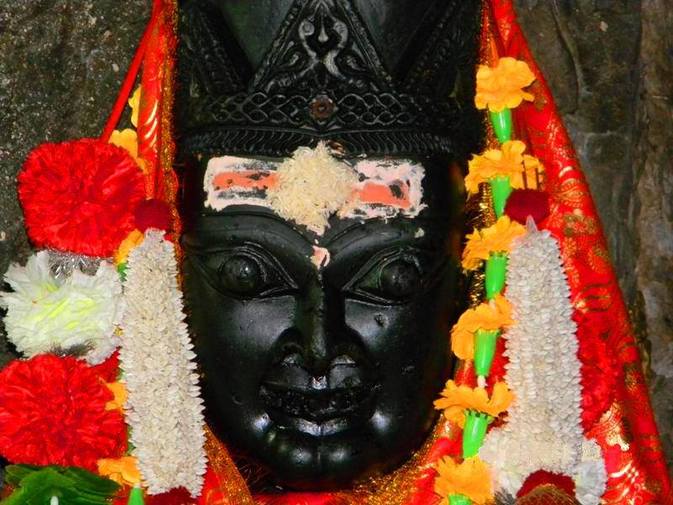 Uttarakhand floods : Natural disaster or fury of the protector Goddess? Believe it or not, many are asking this question today. You may call it prejudice or religious fervor, but there lies an extremely interesting fact behind the recent flash-floods that started in the holy town of Kedarnath and then subsequently have destroyed many towns in the North Indian state of Uttarakhand. Many will dismiss it as "pure coincidence". Dhari Devi (the Goddess pictures below, a form of Devi Parvati / the Divine Mother Maha Shakti; Lord Shiva's consort) has been considered from millenniums the protector Goddess of Uttarakhand from floods and devastation. Her ancient temple is located between the towns of Shrinagar and Rudraprayag (both towns are now completely destroyed). Her temple has been at the center of a dispute between the local public and the government, because Her temple will get submerged if the construction of a proposed dam goes ahead. It is interesting to notice that some Government officials removed her deity at 7.30 on Sunday (16 June 2013) so that the construction work of the dam can go ahead, while the great deluge in Kedarnath struck exactly 45 minutes later. Now Her deity is missing. There are many stories of miracles related to Her. The most popular one is Her love for the open sky. Every time someone tried to construct a roof over Her deity, a column or something would collapse. Therefore, She is the only deity in India that is always kept under open sky. This might have led to the widespread belief that She protects Uttarakhand from the fury of the skies. The entire world now knows what happened after Her deity was removed from the spot of Her choice (there are mythological stories behind this fact too). One thing is for sure, the month of June is not the time for floods in this region. Actually, even the water level of the Ganga river never used to be considerably high in this month. I have grown up along the river Ganga (I have lived in Rishikesh since 1985), so I know this very well. The river level always started to increase in July and reached its peak in August - September. It used to take months to reach its highest level, which indeed was never as high as it was this time. The month of June was always considered the safest and best period to travel in the Himalayas. Something inexplicable certainly went wrong. Check out the link below for more information - http://www.downtoearth.org.in/content/dhari-devi-idol-goes-missing Uma Bharati, a female religious leader, very clearly noticed the "coincidence" -- http://indorecity.co/uma-blames-removal-of-dhari-devi-idol-for-uttarakhand-floods/ Copy and paste from Siddhartha Krishna Facebook Page.. Thanks Siddhartha for this report, it show how important Maa is and that we need to stop messing with the natural world. Jai Maa Manasa (Mansa Devi) is a Hindu folk goddess of snakes, worshipped mainly in Bengal and other parts of North and northeastern India, chiefly for the prevention and cure of snakebite and also for fertility and prosperity. Manasa is the sister of Vasuki, king of Nāgas (snakes) and wife of sage Jagatkāru (Jaratkāru). Maa Manasa is a Hindu Goddess primarily associated with snakes. She is also considered to be the nurturer of fertility. Even though Maa Manasa is popular mostly in Bengal and north east India, she is widely revered by Hindu devotees all across the nation.
Some legends say that Maa Manasa is actually a daughter of Lord Shiva. Interestingly, Lord Shiva is also associated with snakes. Also known as Padmavati, Nitya and Vishahari, there are several fascinating stories in Hindu folklore that establish Manasa as a significant deity. On that note, let us take a look at some interesting facts about Maa Manasa. Interesting Facts About Maa Manasa 1. While many regard Manasa to be the daughter of Lord Shiva, another legend states that she is actually the daughter of sage Kashyap and the sister of Shesha Naga. 2. Because of the speculation over her parentage, she was never really elevated to the status of a premium deity. This is why Maa Manasa is said to be eternally enraged and demands the devotion of her devotees. Those who revere Maa Manasa are blessed by her and those who don’t may be cursed by her. 3. It is believed that Maa Manasa was the one who saved Lord Shiva from being poisoned during Samudra Manthan. Lord Shiva had drunk the dangerous poison Halahala, which otherwise would have destroyed the entire universe. 4. The poison turned Shiva’s throat blue as he drunk it but Manasa prevented it from travelling further into his body, thus saving Shiva from being poisoned entirely. 5. She is the commander of the snakes who obey her out of great respect. Maa Manasa prevents snakebites on good people and even has the power to save those who have already been bitten by snakes. 6. Maa Manasa is worshiped most during the rainy season, which is the time during which snakes come out of their holes due to waterlogging. This is the time when the chance of getting bitten by snakes increases manifold. 7. Manasa was Shiva’s child as Shiva’s seed had touched an idol which had been erected by Kadru, the wife of sage Kashyap and the mother of the snakes. 8. It is said that since she was not Parvati’s daughter despite being Shiva’s offspring, Parvati or Chandi was jealous of the attention she received from Shiva. It is even believed that Chandi actually blinded Manasa in one eye in a fit of rage, which stemmed from her jealousy. 9. Manasa did have a husband named Jagatkaru but he abandoned her as she had scared him once when he woke up. Shiva’s affection for her also waned eventually due to the conflicts with Parvati about Manasa. Bitter and angry, Manasa Devi demanded worship from all mortals, who would otherwise suffer death from snakebite. She is widely revered even to this day. 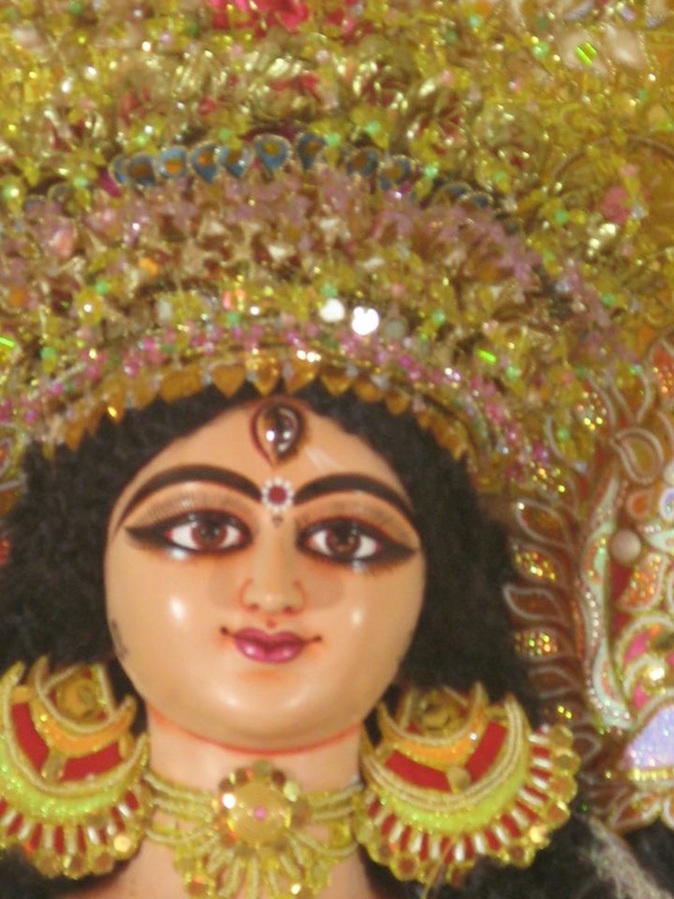 She is eternal Love, the warmth of the universal Mother. To that goddess who dwells within all beings in the form of intellect, I bow again and again and again. Yaa devi sarvabhuteshu buddhi rupena samsthitaa Namastasyai namastasyai namastasyai namo namaha: Chandi Path (Devi Mahatmya), Ch. 5, v. 20. Om Shakti 108 Names of Goddess Durga 1. Om Drugayai Namaha 2. Om Shivayai Namaha 3. Om Maha Lakshmyai Namaha 4. Om Maha Gouryai Namaha 5. Om Chandikaye Namaha 6. Om Sarva Gynayai Namaha 7. Om Sarva Lokeshayai Namaha 8. Om Sarva Karma Phala Pradayai Namaha 9. Om Sarva Teerdha Mayai Namaha 10. Om Pun Yayai Namaha 11. Om Deva Yonaye Namaha 12. Om Ayoni Jaayai Namaha 13. Om Bhume Jaayai Namaha 14. Om Nirgu Nayai Namaha 15. Om Aadhara Shaktyai Namaha 16. Om Aanee Shvaryai Namaha 17. Om Nirgu Nayai Namaha 18. Om Niramham Karayai Namaha 19. Om Sarva Garva Vimar Dhinyai Namaha 20. Om Sarva Loka Priyayai Namaha 21. Om Vaanyai Namaha 22. Om Sarva Vidyadhi Devataayai Namaha 23. Om Parvatyai Namaha 24. Om Devamatre Namaha 25. Om Vanee Shayai Namaha 26. Om Vindya Vasinyai Namaha 27. Om Tejo Vatyai Namaha 28. Om Maha Matre Namaha 29. Om Koti Surya Sama Prabhayai Namaha 30. Om Deva Tayai Namaha 31. Om Vahni Rupayai Namaha 32. Om Sate Jase Namaha 33. Om Varna Rupinyai Namaha 34. Om Guna Shayayai Namaha 35. Om Guna Madhyayai Namaha 36. Om Guna Traya Vivarji Tayai Namaha 37. Om Karma Gynana Pradayai Namaha 38. Om Kantayai Namaha 39. Om Sarva Samhara Karinyai Namaha 40. Om Dharma Gynanayai Namaha 41. Om Dharma Nistayai Namaha 42. Om Sarva Karma Vivardhi Tayai Namaha 43. Om Kamakshmai Namaha 44. Om Kama Samhartyai Namaha 45. Om Kama Krodha Vivarji Tayai Namaha 46. Om Shan Karyai Namaha 47. Om Sham Bhavyai Namaha 48. Om Shan Tayai Namaha 49. Om Chandra Suryagni Lochanayai Namaha 50. Om Suja Yayai Namaha 51. Om Jaya Bhumi Shtayai Namaha 52. Om Jaahnavyai Namaha 53. Om Jana Puji Tayai Namaha 54. Om Shastrasyai Namaha 55. Om Shastra Mayyai Namaha 56. Om Nityayai Namaha 57. Om Shubhayai Namaha 58. Om Chandhrardha Mastakayai Namaha 59. Om Bharatyai Namaha 60. Om Bramaryai Namaha 61. Om Kalpayai Namaha 62. Om Karalyai Namaha 63. Om Krushana Pingalayai Namaha 64. Om Bramhai Namaha 65. Om Narayanyai Namaha 66. Om Roudryai Namaha 67. Om Chandra Mruta Pari Srutayai Namaha 68. Om Jyeshtayai Namaha 69. Om Indirayai Namaha 70. Om Maha Mayayai Namaha 71. Om Jagat Grushtya Dhika Rinyai Namaha 72. Om Bramhanda Koti Samsdha Nayai Namaha 73. Om Kaminyai Namaha 74. Om Kamalaa Layayai Namaha 75. Om Katya Yanyai Namaha 76. Om Kalaa Teetayai Namaha 77. Om Kala Samhara Karinyai Namaha 78. Om Yoga Nishtayai Namaha 79. Om Yogi Gamyayai Namaha 80. Om Yogi Dyeyayai Namaha 81. Om Tapa Svinyai Namaha 82. Om Gynana Pupayai Namaha 83. Om Niraka Rayai Namaha 84. Om Bhakta Bhishta Phala Pradayai Namaha 85. Om Bhutatme Kayai Namaha 86. Om Bhuta Matre Namaha 87. Om Bhute Shyai Namaha 88. Om Bhuta Darinyai Namaha 89. Om Svadhayai Namaha 90. Om Naree Madhya Gatayai Namaha 91. Om Shada Dharadi Vardhinyai Namaha 92. Om Mohitam Shubha Dayai Namaha 93. Om Shubhrayai Namaha 94. Om Sukshmayai Namaha 95. Om Matrayai Namaha 96. Om Nirala Sayai Namaha 97. Om Nimna Gayai Namaha 98. Om Neela Samka Shayai Namaha 99. Om Nitya Nandayai Namaha 100. Om Harayai Namaha 101. Om Paraayai Namaha 102. Om Sarva Gynana Pradayai Namaha 103. Om Anamtayai Namaha 104. Om Satyayai Namaha 105. Om Durlabha Rupinyai Namaha 106. Om Sarasvatyai Namaha 107. Om Sarva Gatayai Namaha 108. Om Sarva Bheeshta Prada Inyai Namaha 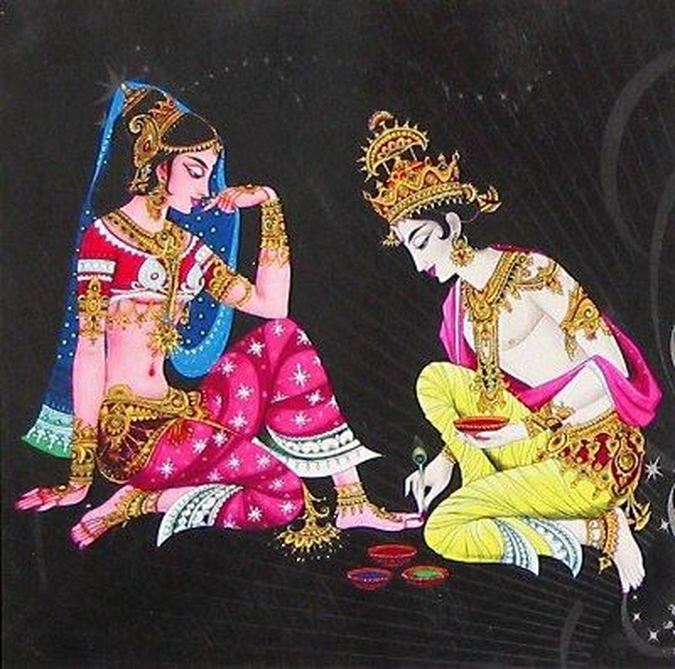 RADHARANI’S LOTUS FEET. Lotus symbolizes spiritual purity, creation and rebirth. Generally Lotus Feet of a Deity or a guru is symbolic of humility, saranagai, bhakti, deference, dedication and love. Communion with the divine is established by venerating Lotus Feet. By tradition, Hindus do not hesitate to fall at the feet of elders and touching them. This is surrender at the highest level in which the ego can be subdued in favor of a higher state of awareness. The Gopis in the Vrindavana, swarm around Radharani’s lotus feet wholeheartedly. These lotus feet are painted by Sri Krishna himself. It is this example that the gopis emulate. It is the treasure house of divine love. The sakhis usually make preparations to ornament Radha’s body just before Krishna comes to meet Radha. Her beauty would cause a turbulence in Krishna’s heart. Their meetings make good poetic copy and depicted as erotic by Jayadeva in Gitagovinda. Now, Radha, in full throes of sexual excitement rushes to meet an equally ardent lover. She stands out in Krishna’s mind as a lover desired in uniqueness desiring a variety of amatory dalliances. In their place of rendezvous, a playful Radha asks Krishna to rearrange her clothes and her tousled hair. Krishna too awaits this mischief of undoing and doing before the cosmic climax. Speaking in Radha’s voice, Jayadeva writes: “Paint a leaf on my breasts, put color on my cheeks, lay a girdle on my hips, twine my heavy braid with flowers, fix rows of bangles on my hands and jeweled anklets on my feet!......her yellow robed Lover did what Radha asked.” It is said that Jayadeva was hesitant to pen down further lines and commit sacrilege of Sri Krishna touching Radha’s feet. So he went to the river to take a bath. Apparently, when he returned, he found Sri Krishna had completed the verse in his absence…..not by writing poetry lines but getting into the romantic task of painting Her feet. These events have mystical allegory of passionate craving and suffering in Krishna’s absence. She is the personification of mahabhava, the great emotional state expressed in the Gitagovinda. This is the bhava that Madhavi expresses for her secret lover, Kovalan, Kannaki’s husband in the Tamil Shilappathikaram. These are stories of yoga between the lover and the beloved; Jivatman and Paramatman. They portray a complex relationship: the same as, and yet different from the Lord and so even in the joy of union there is the highest devotion and passion for the Supreme. Bhakti is not a one-way relationship. It only appears that there is a reversal in God’s play when Krishna is ‘conquered’ by Radha and the divine bows to the human and the full reality is realised. We also see this in Shaktam where Lord Shiva is subservient to Durga, Mother Goddess Devi’s manifestation. From the standpoint of the ocean, there is no difference between a drop of water falling as rain from the heavens and that of a mass body of water already contained in the ocean. Waves in a Grand Ocean express intensity of love by its erotic romance of nature. Yogi Ananda Saraswathi |
Trishula Sandra Das
Practitioner of Jyotish, Yoga Tantra, Ayurveda, Shakti Sadhana for 40 years. ~ VedicAstrologer ~ ~ Researcher East & Western Wisdom, Past Life Regression, Mysticism ~ ~ Mind Body Soul~ Believer in Love, Humanity, Peace, freedom & Soul Mates ~ Baul Scholar ~ ~ Qigong Master ~ ~ MOTHER ~ ~Photographer~ Archive
May 2022
Thanks to all Authors.
Categories
All
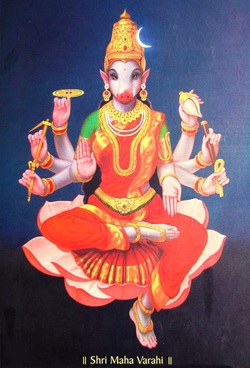
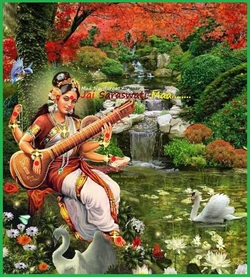
|
| Goddess Vidya |
|
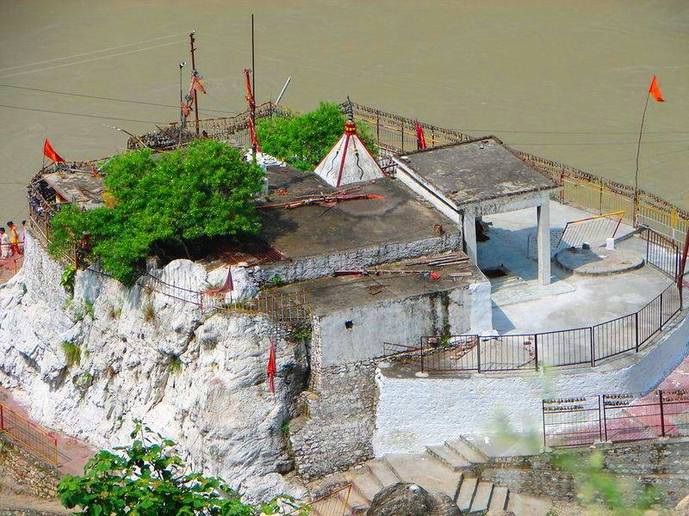
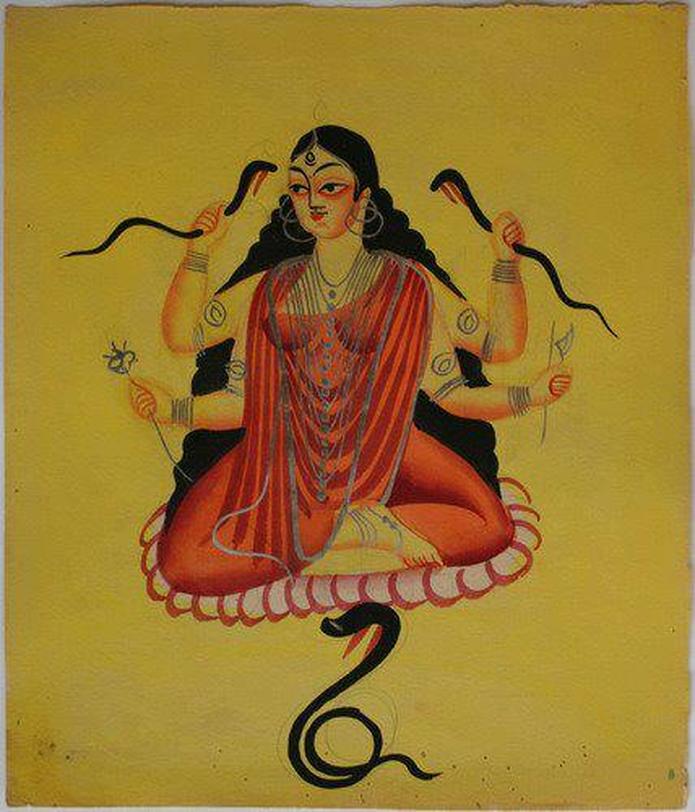
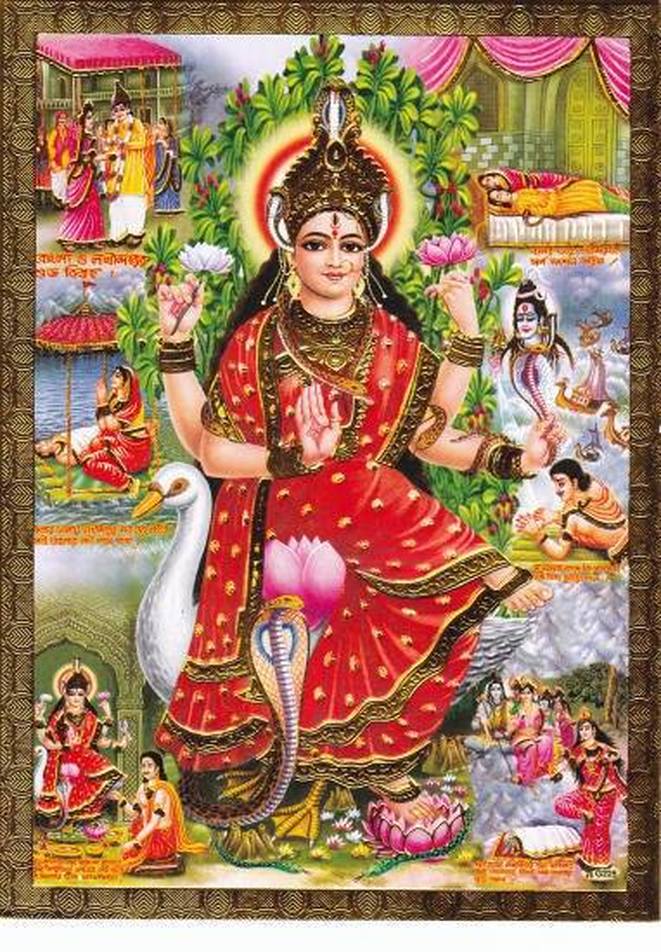
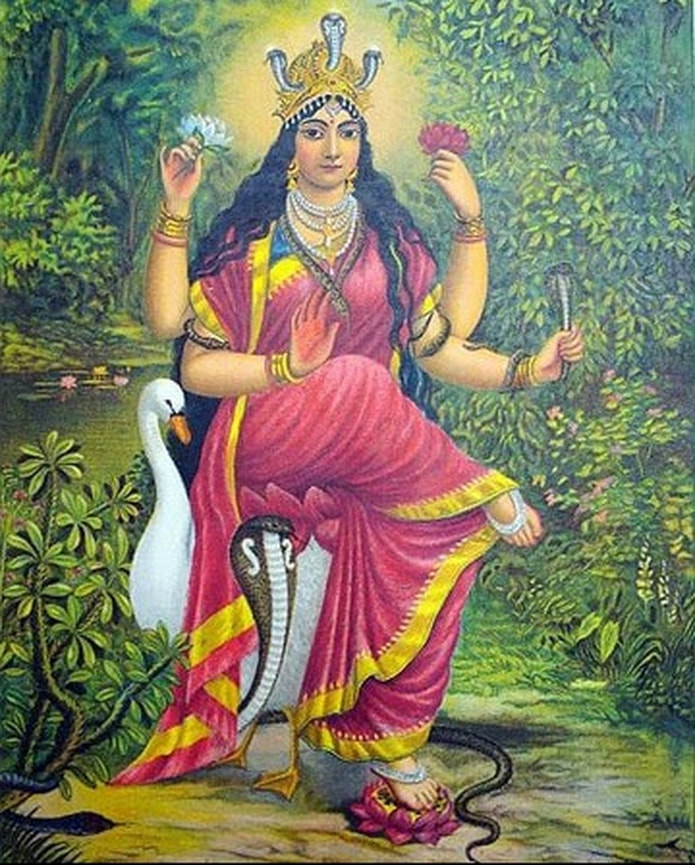
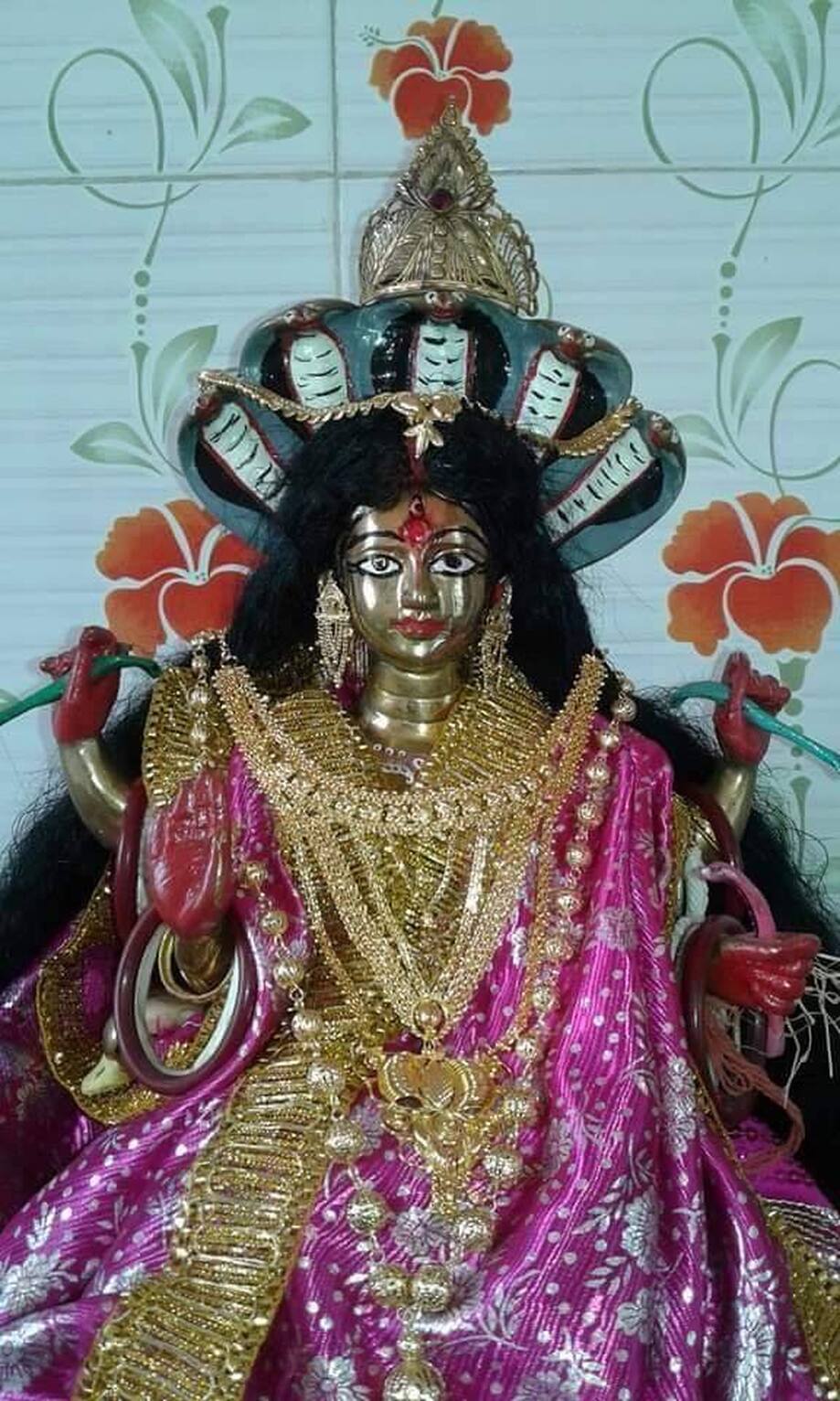
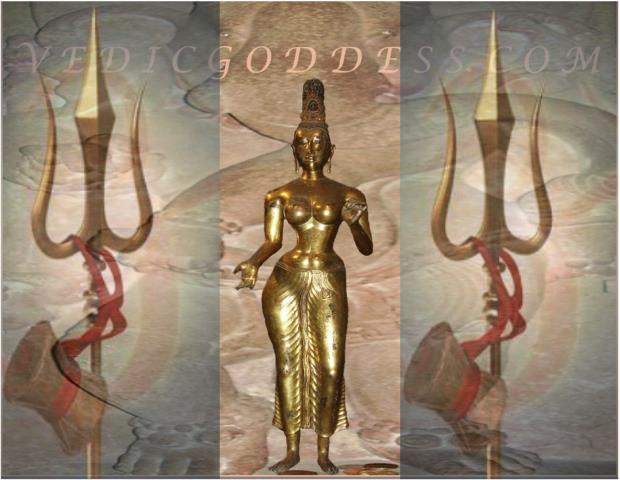
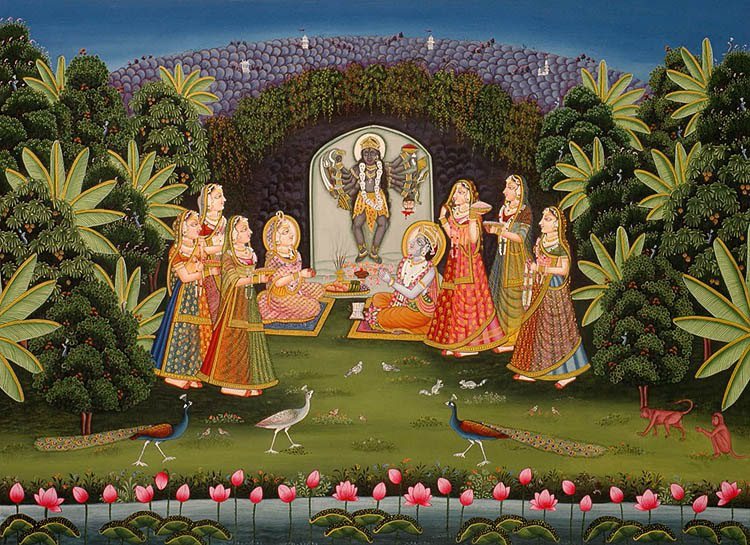

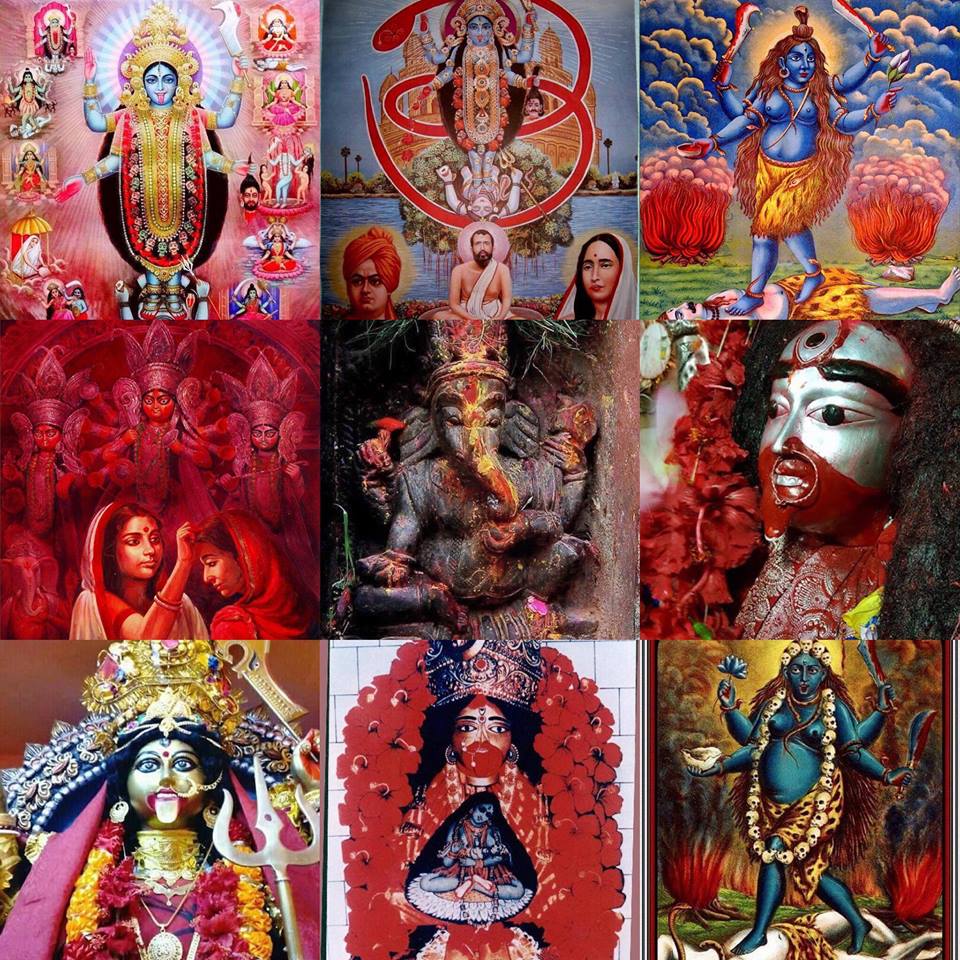
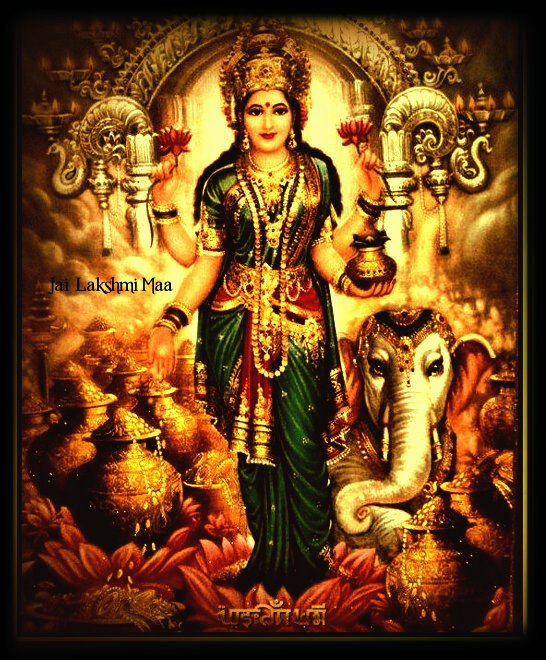
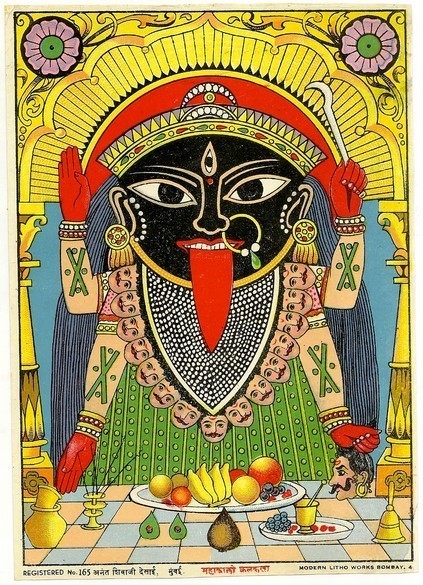
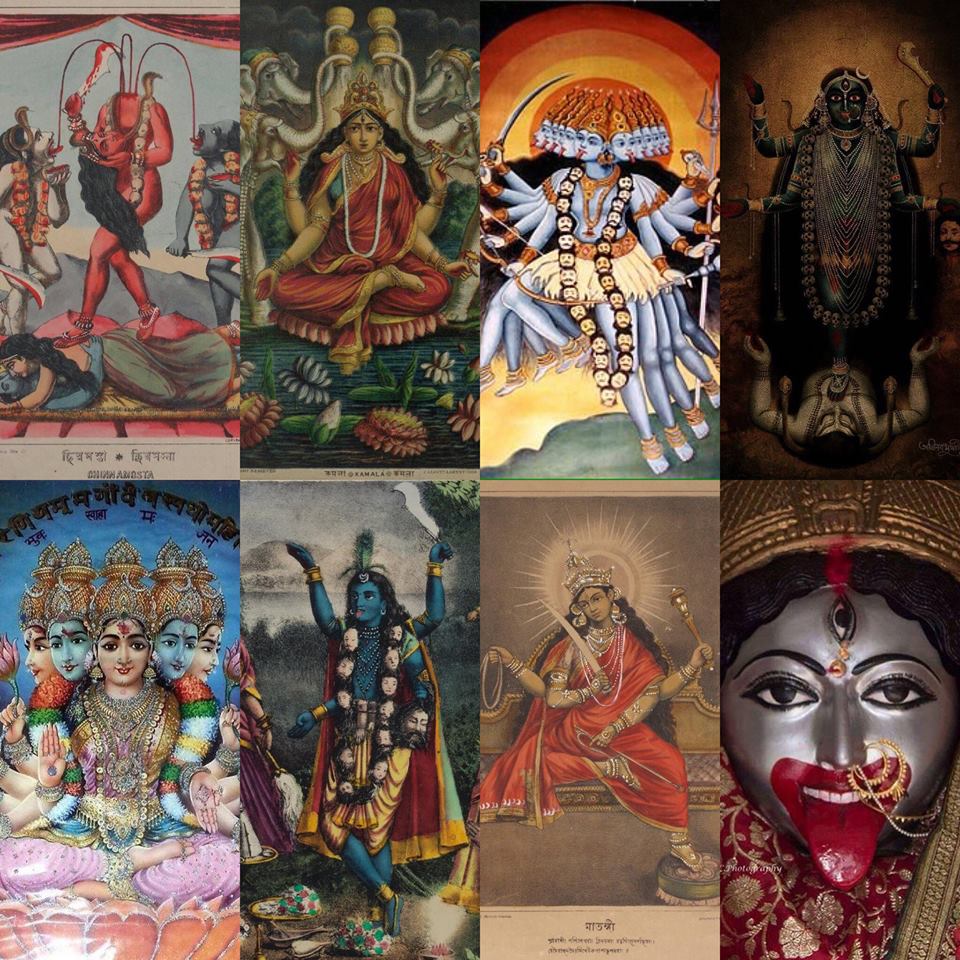
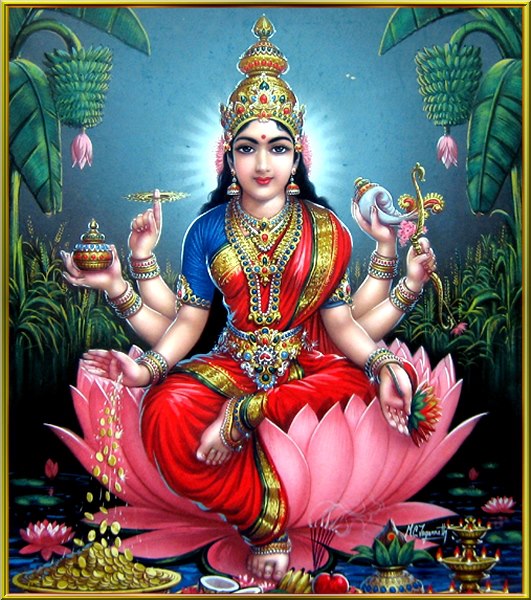
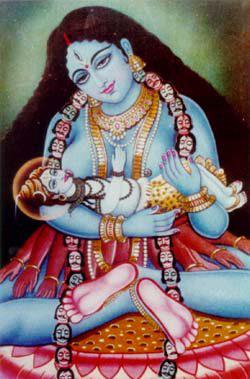
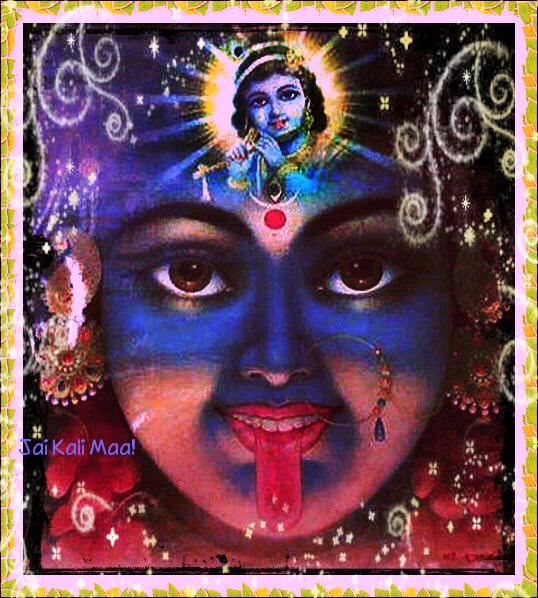
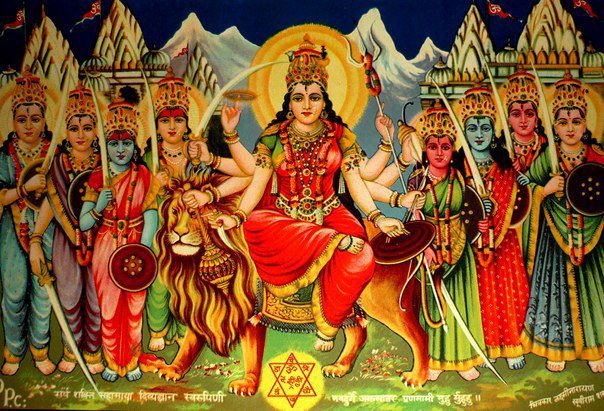
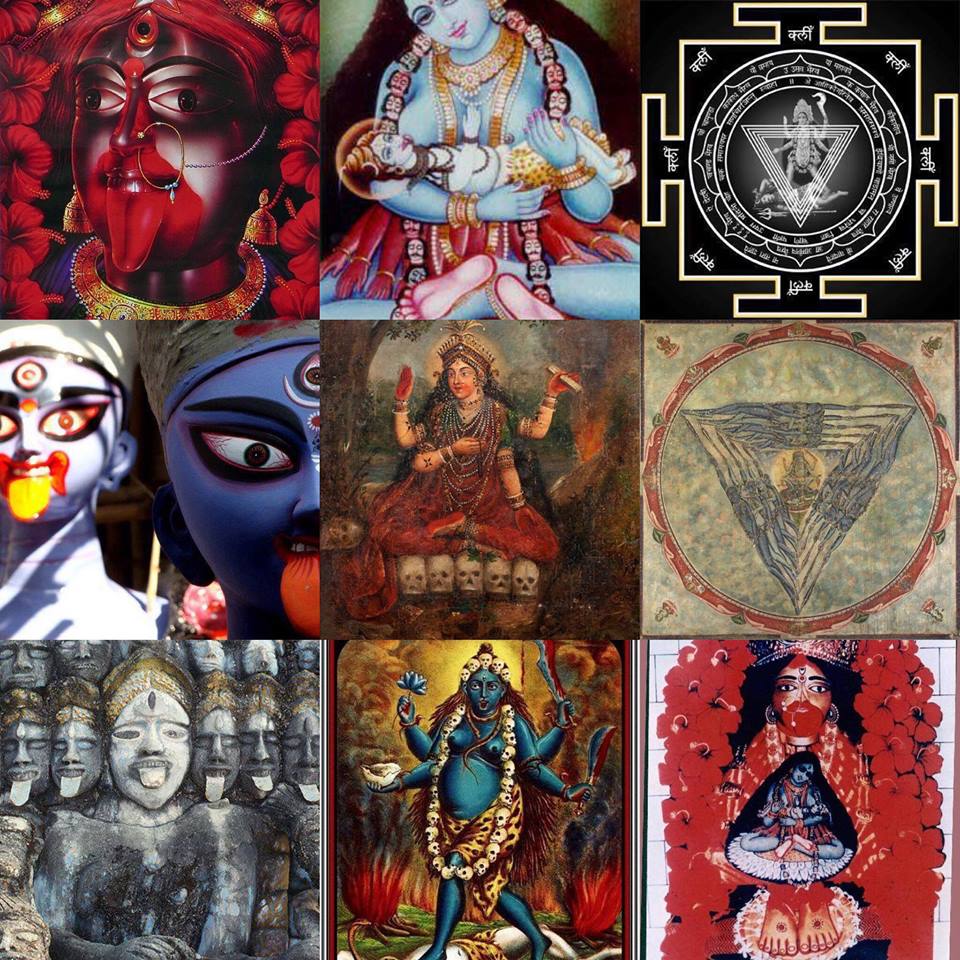
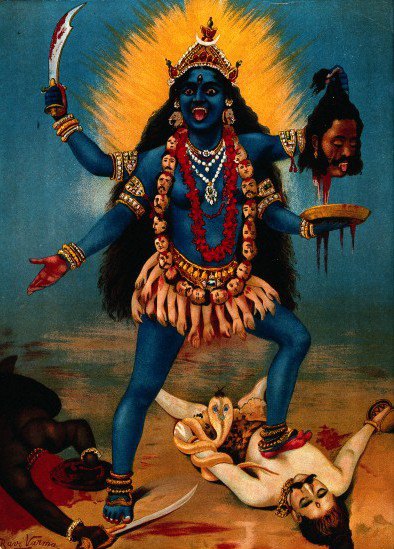
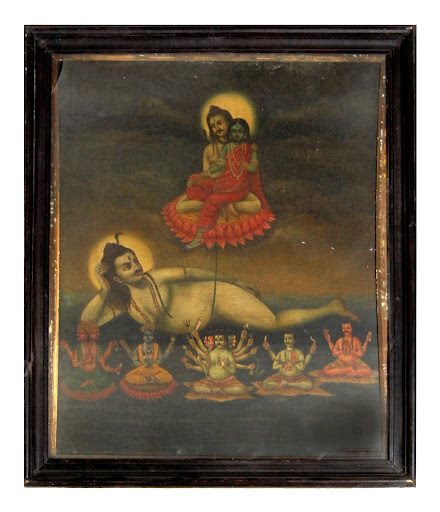
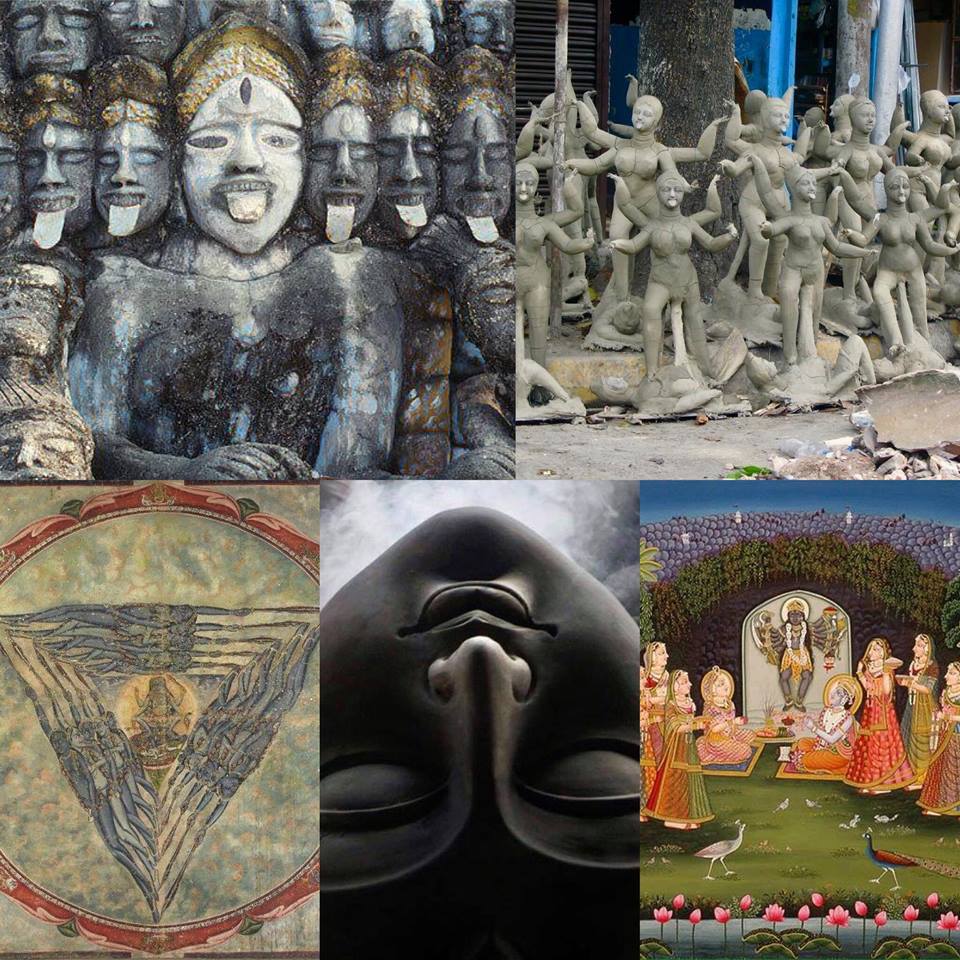
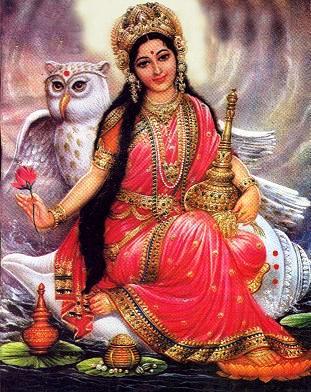
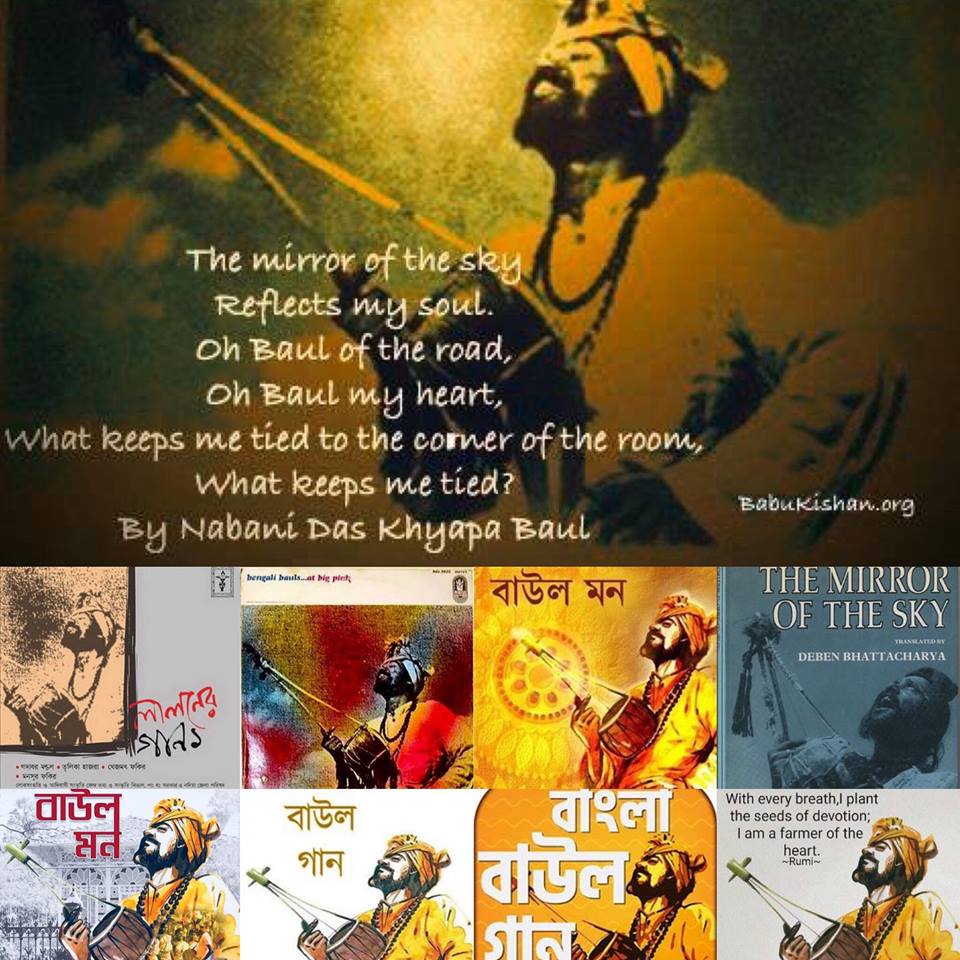
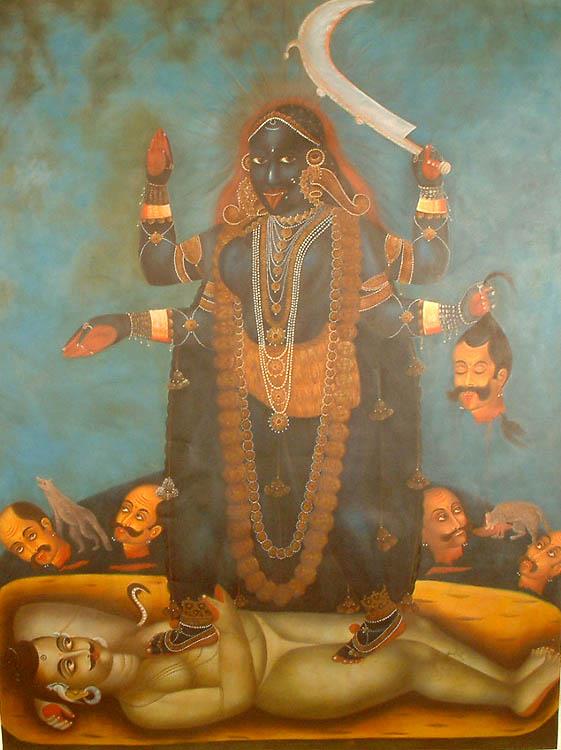
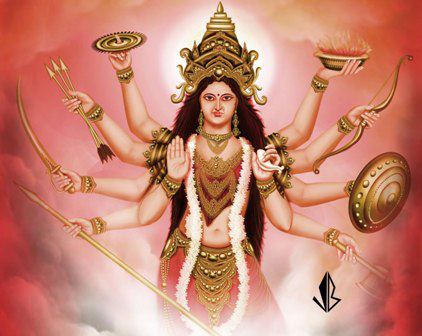
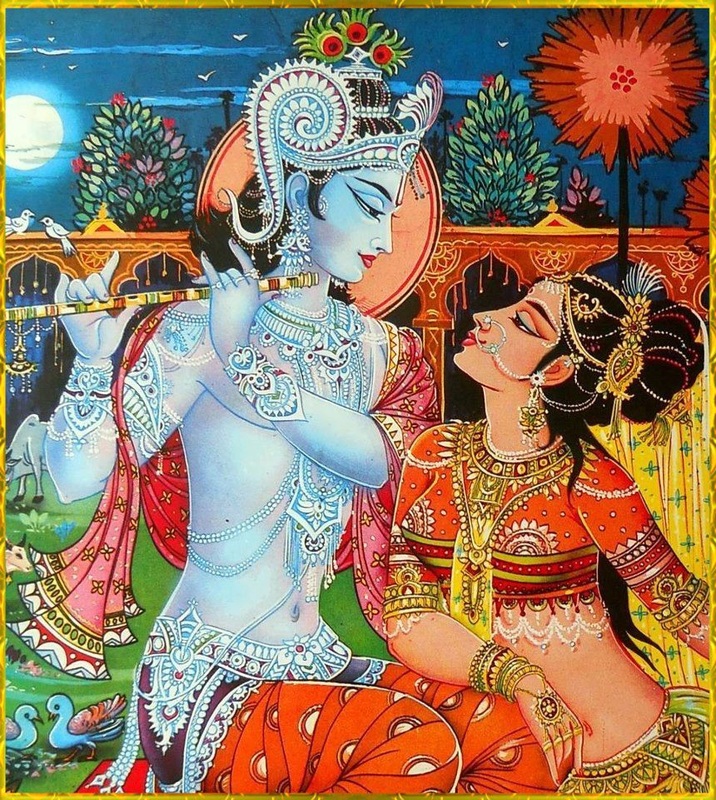
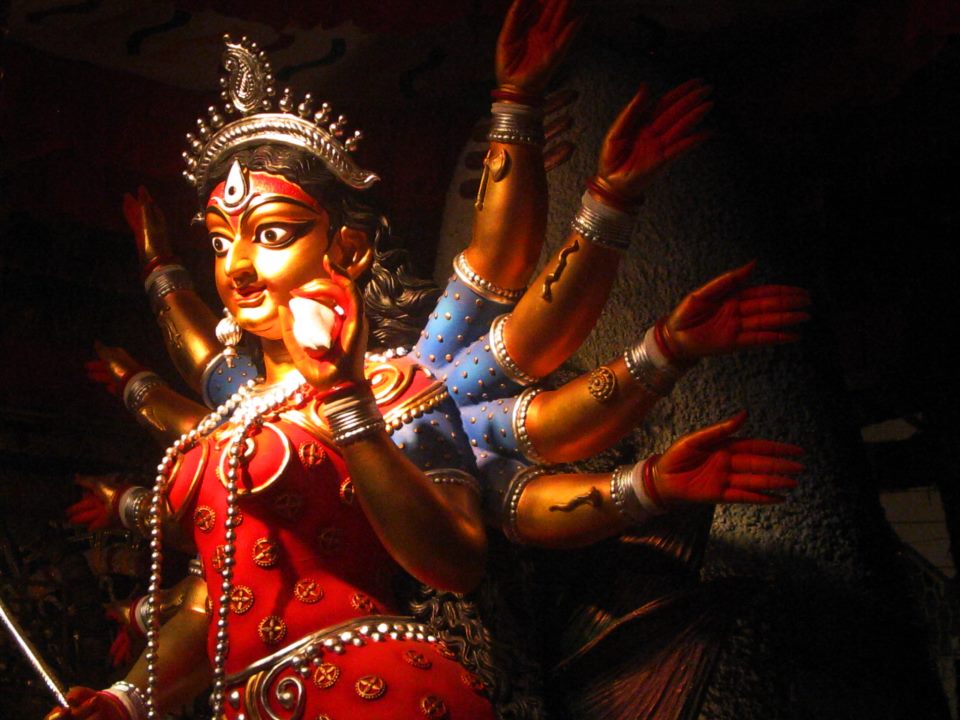
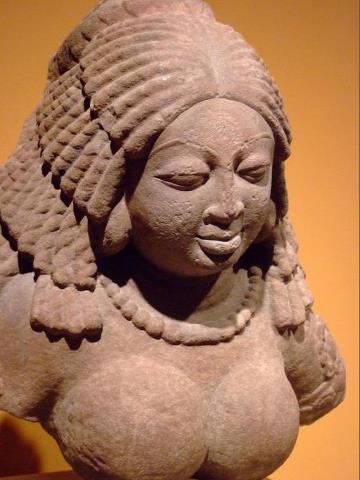
 RSS Feed
RSS Feed
